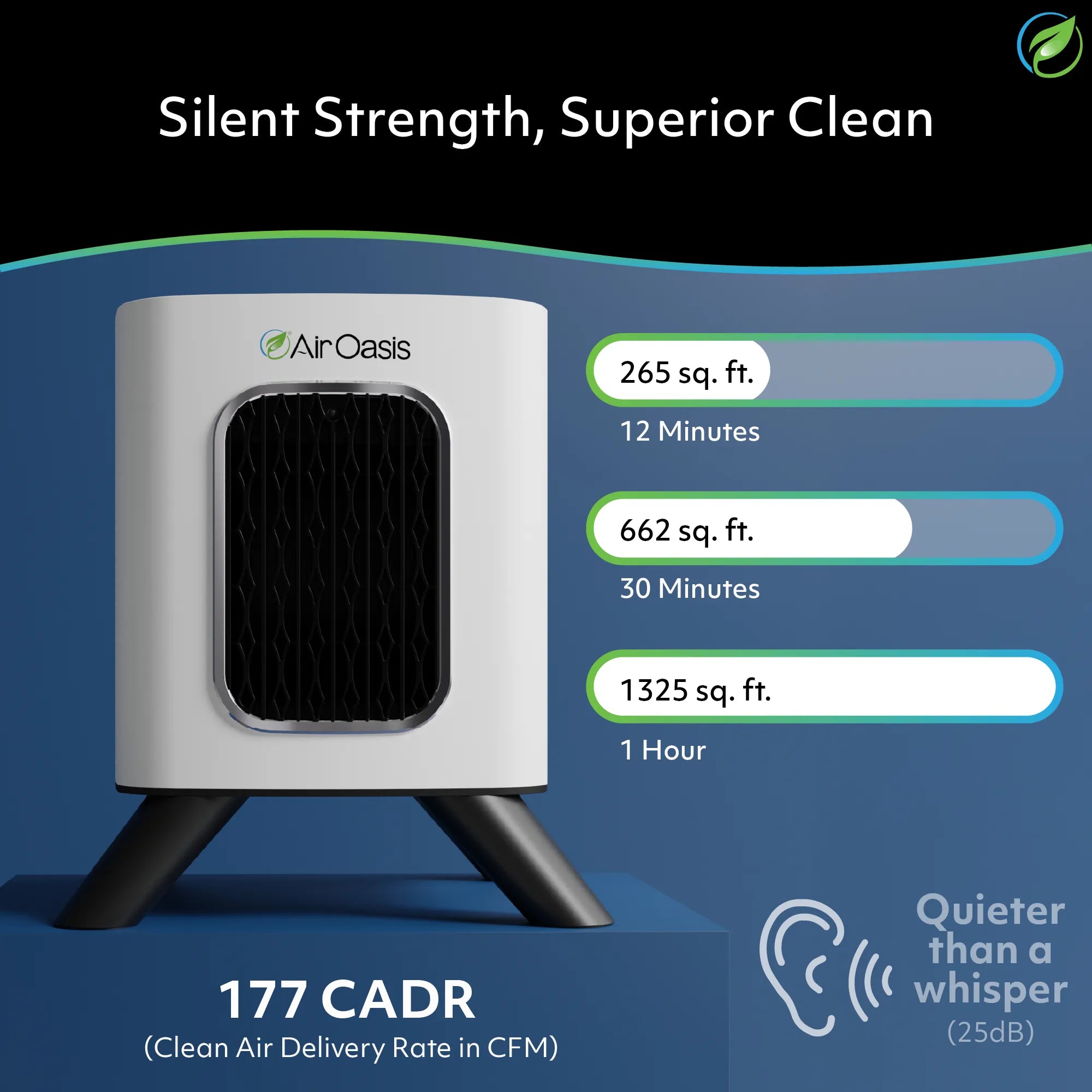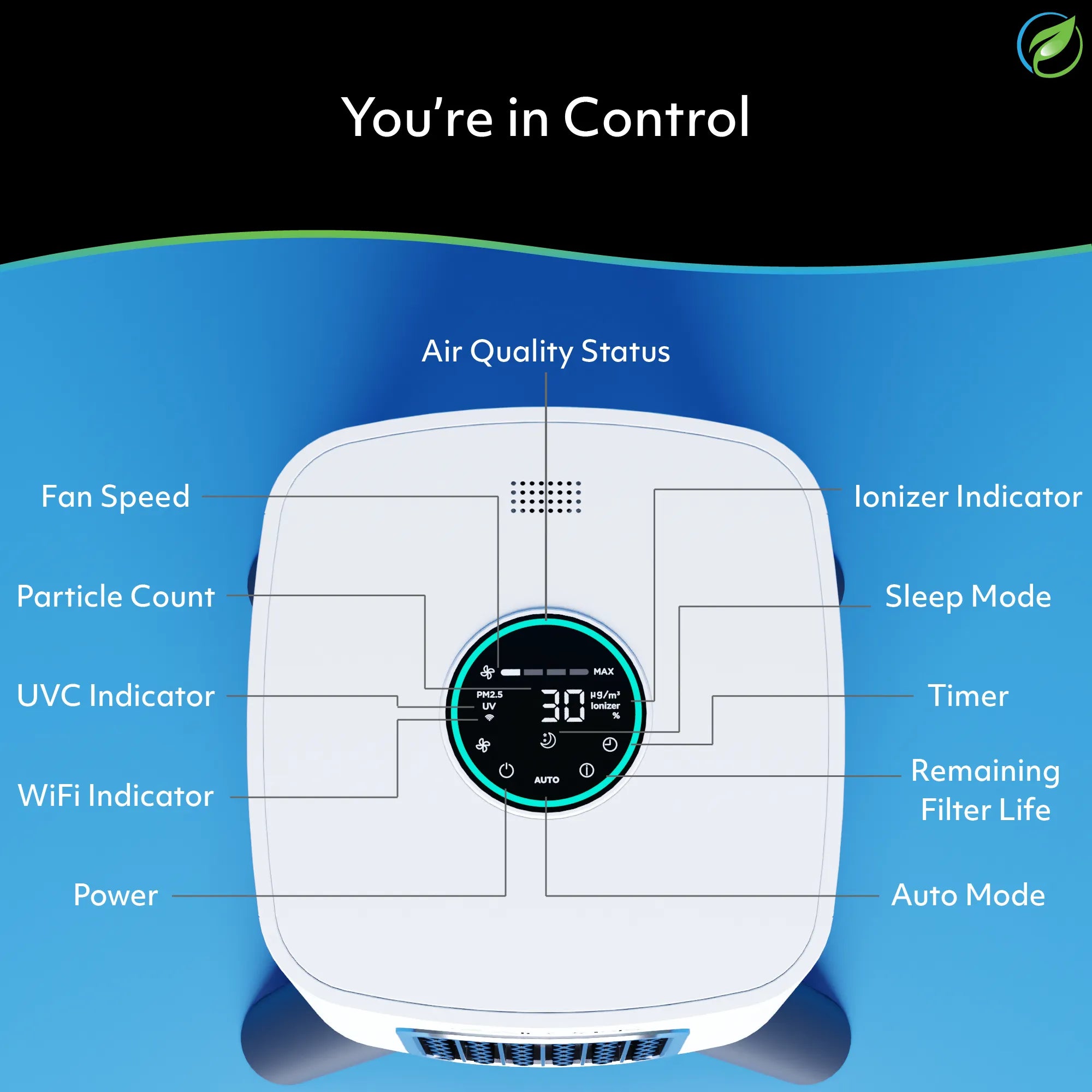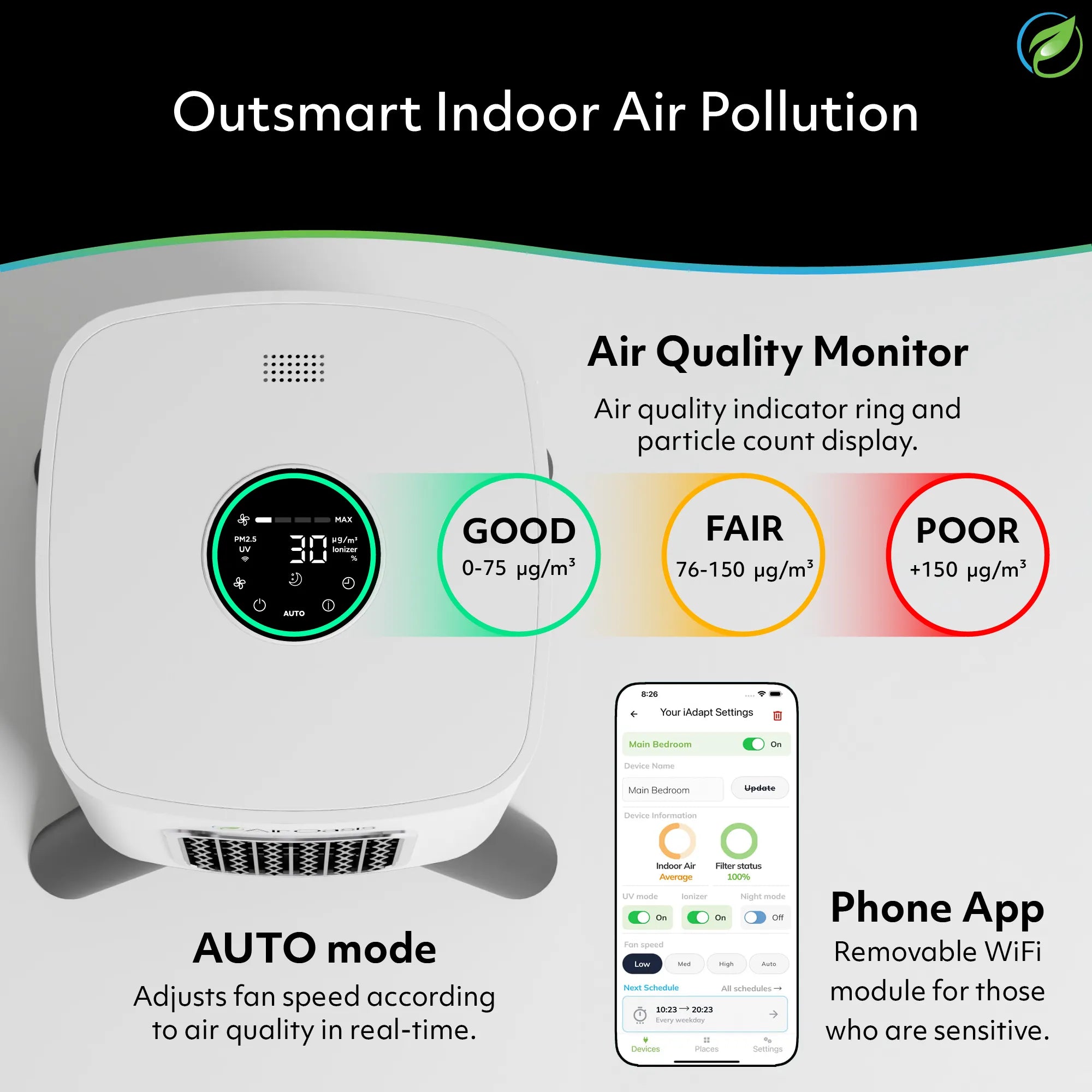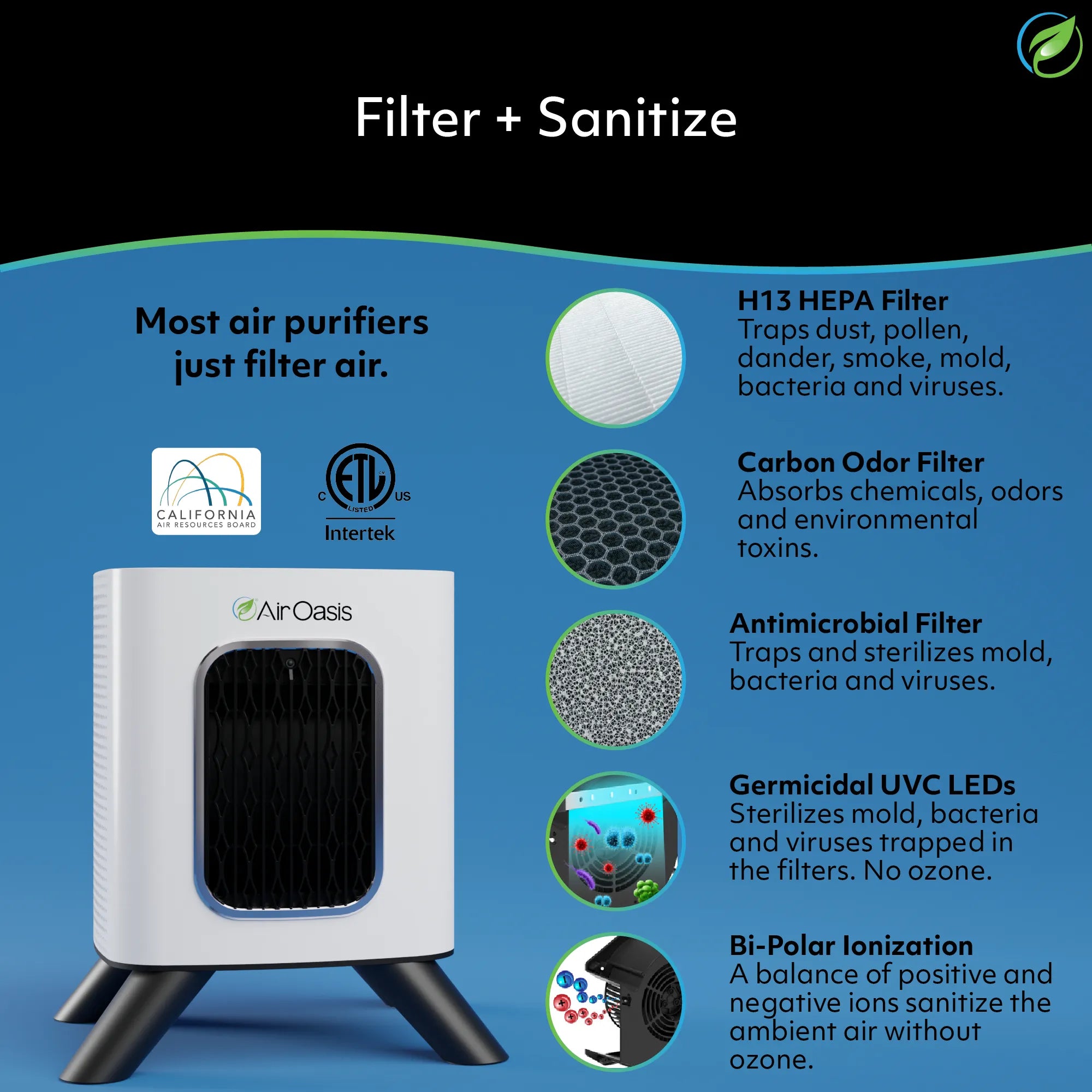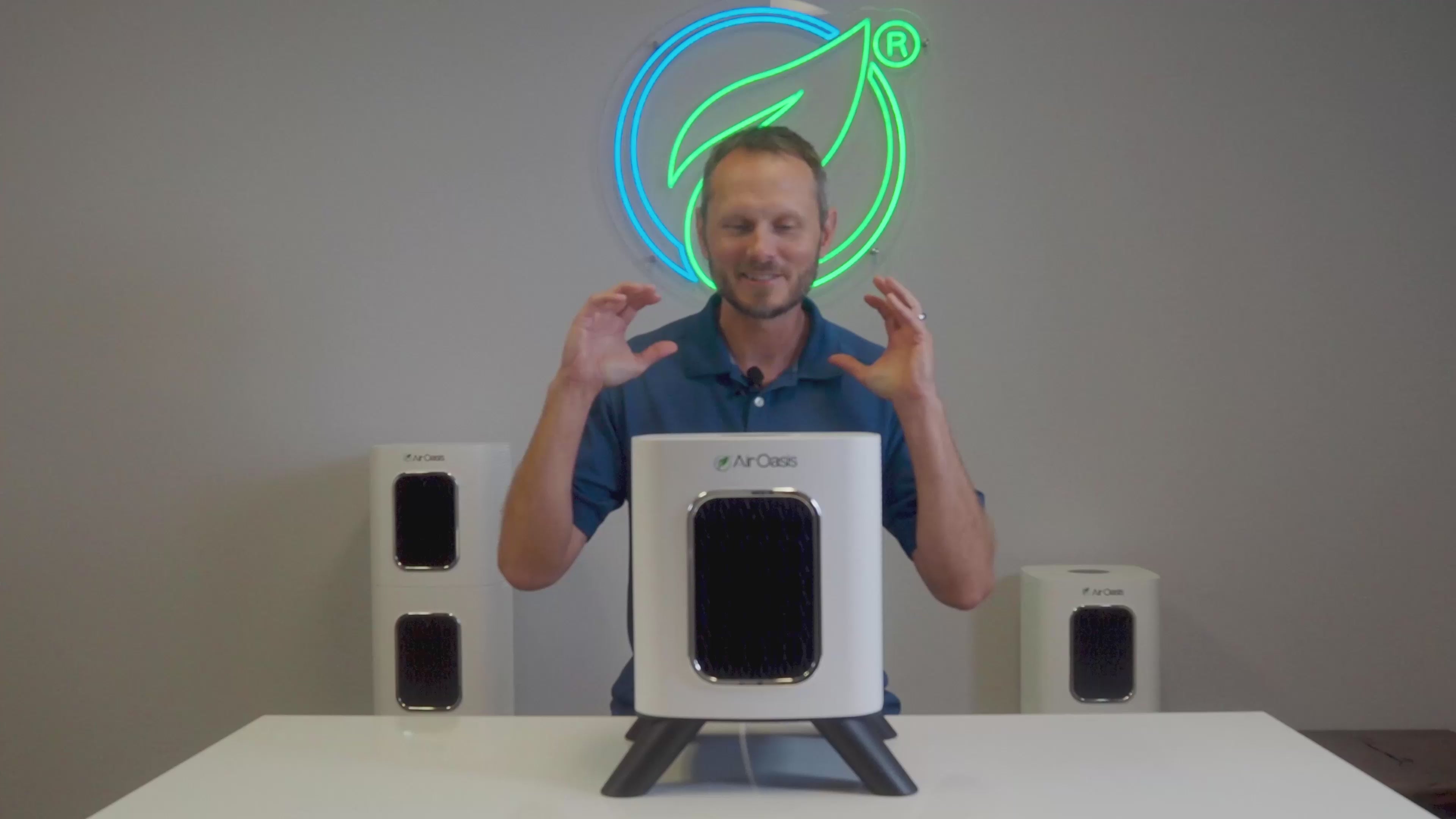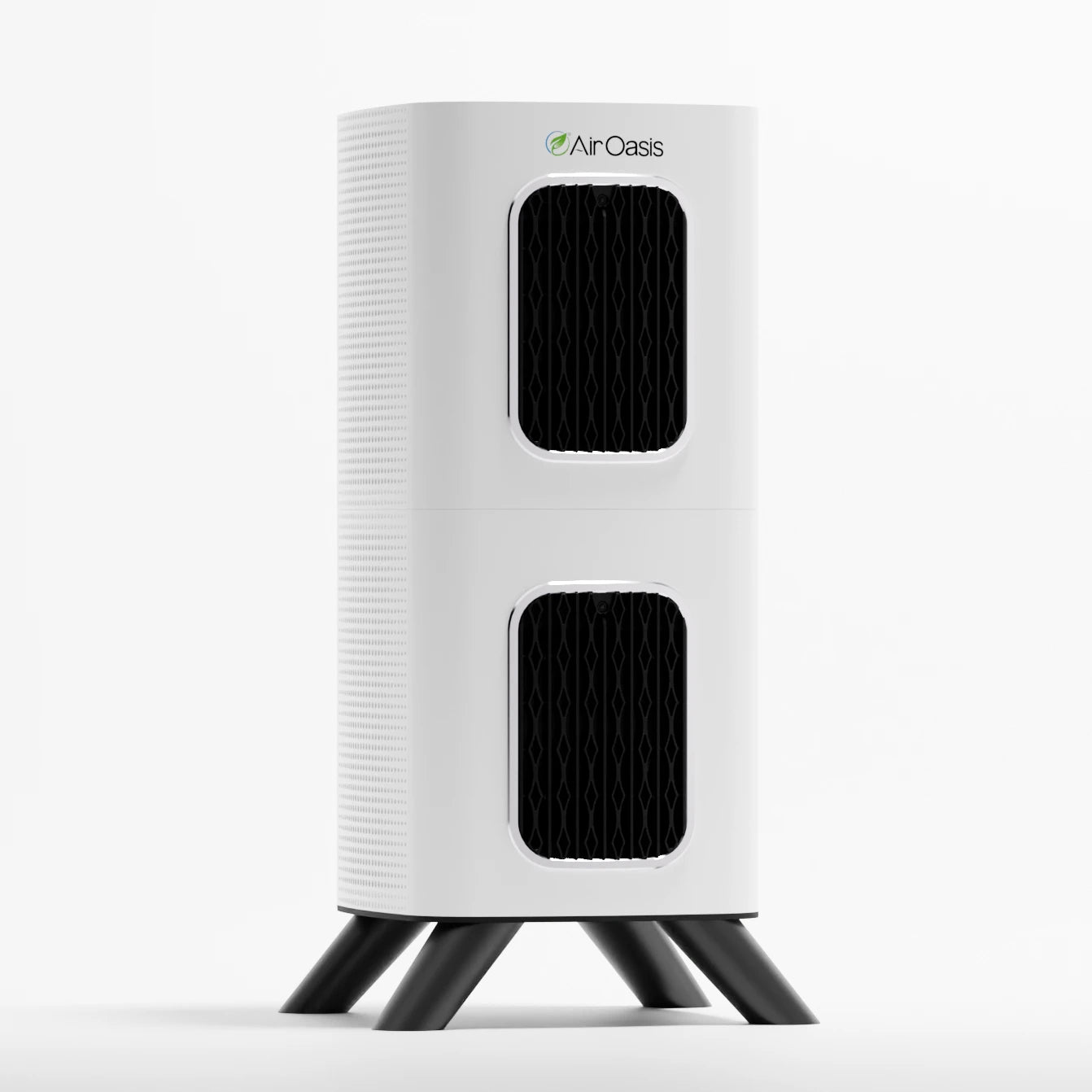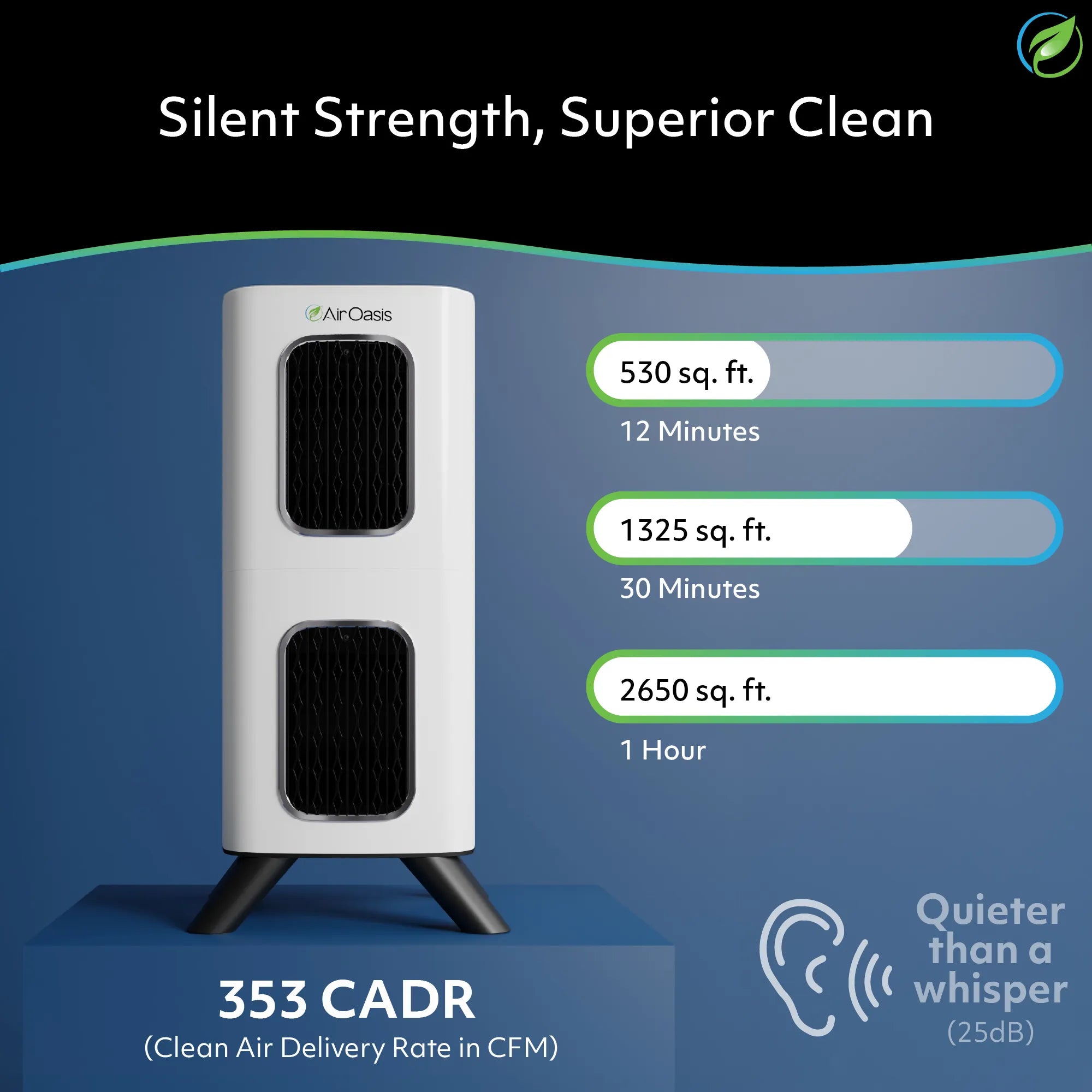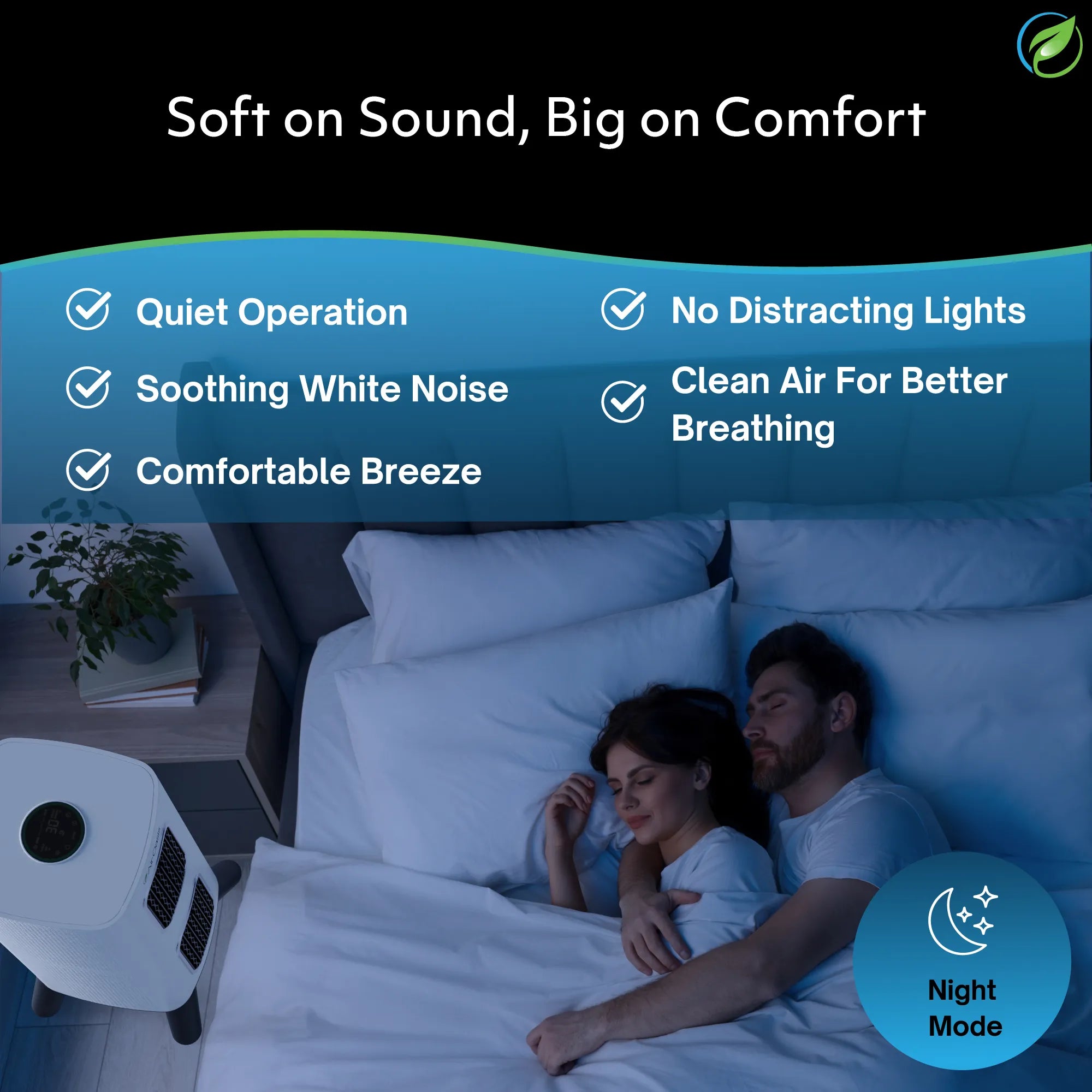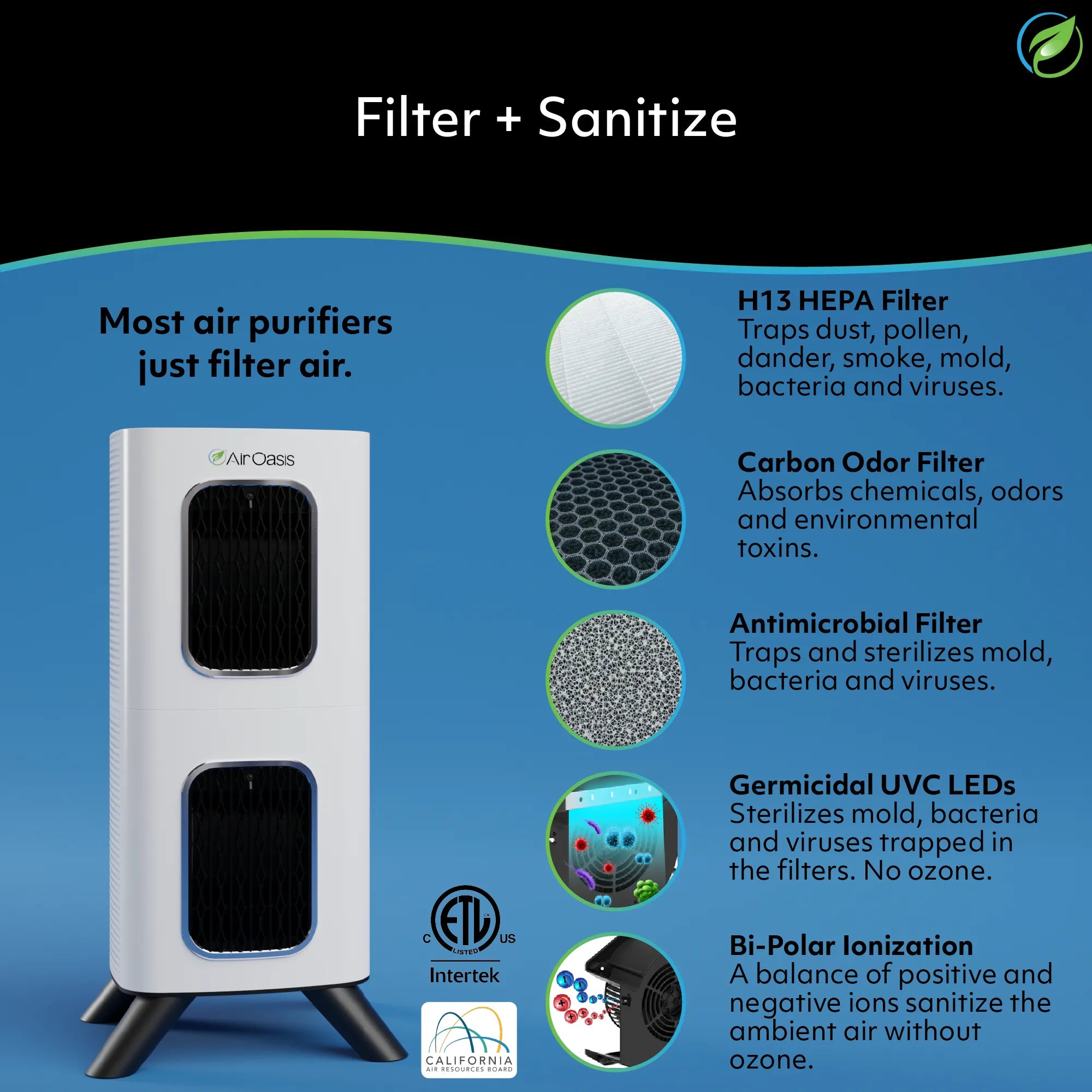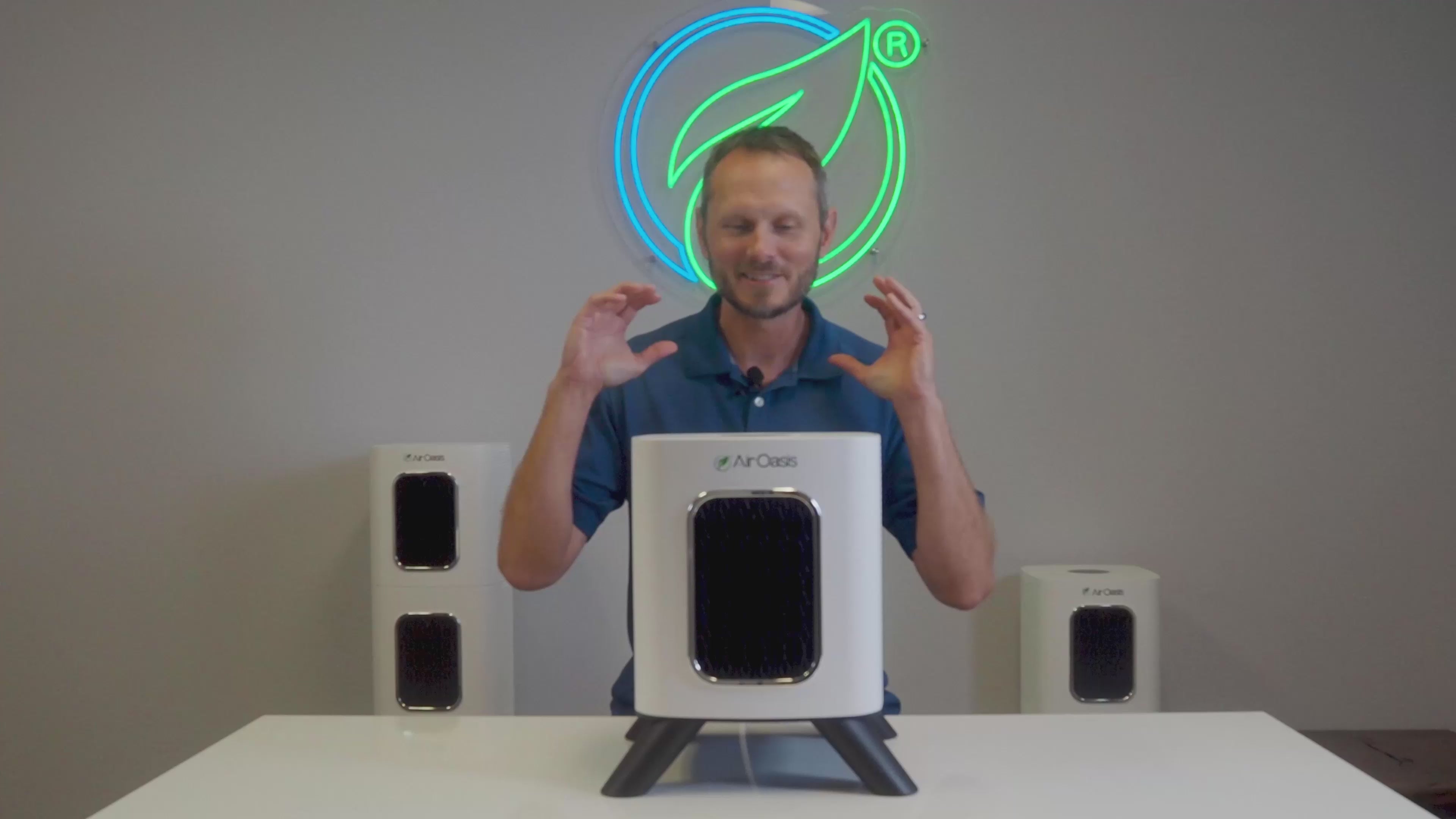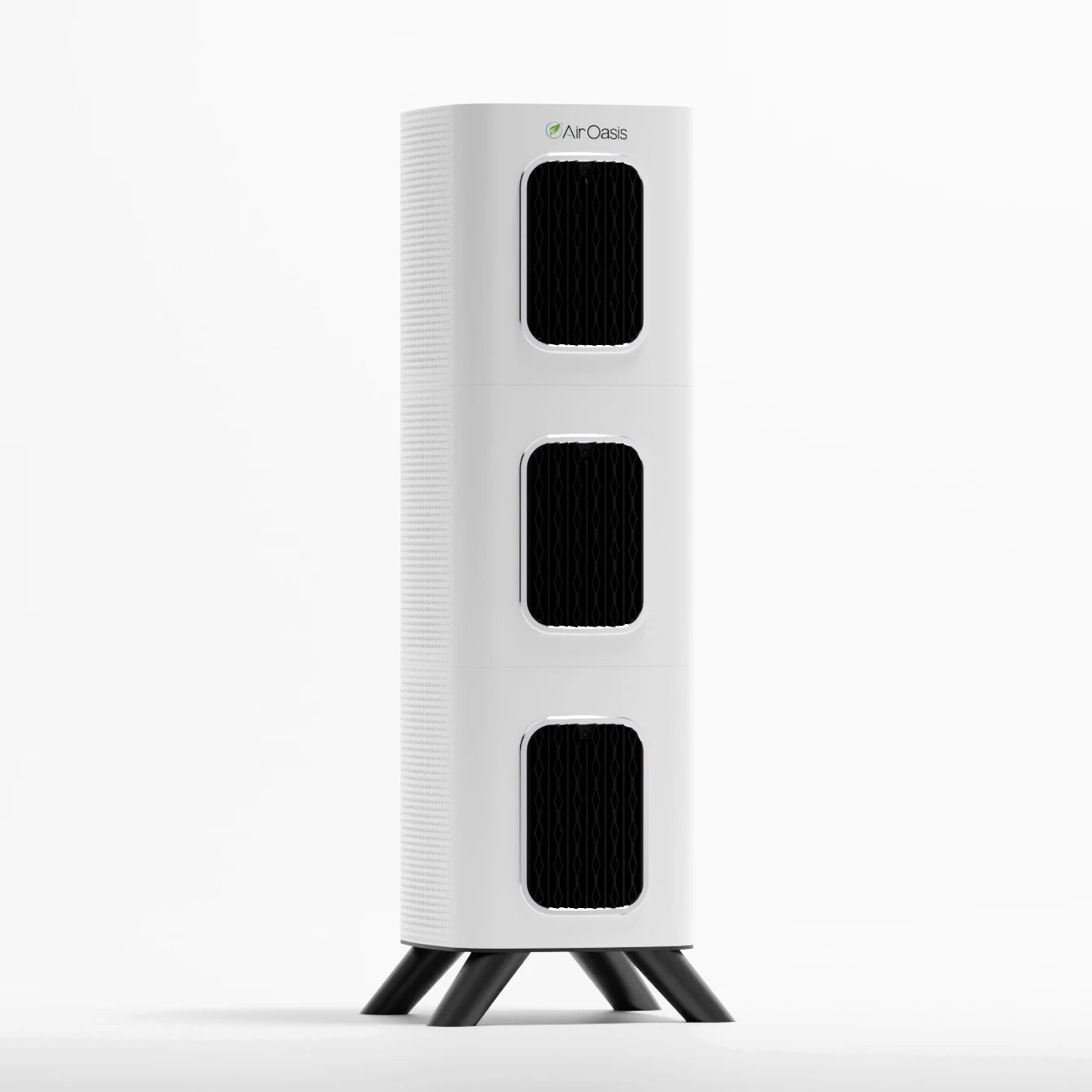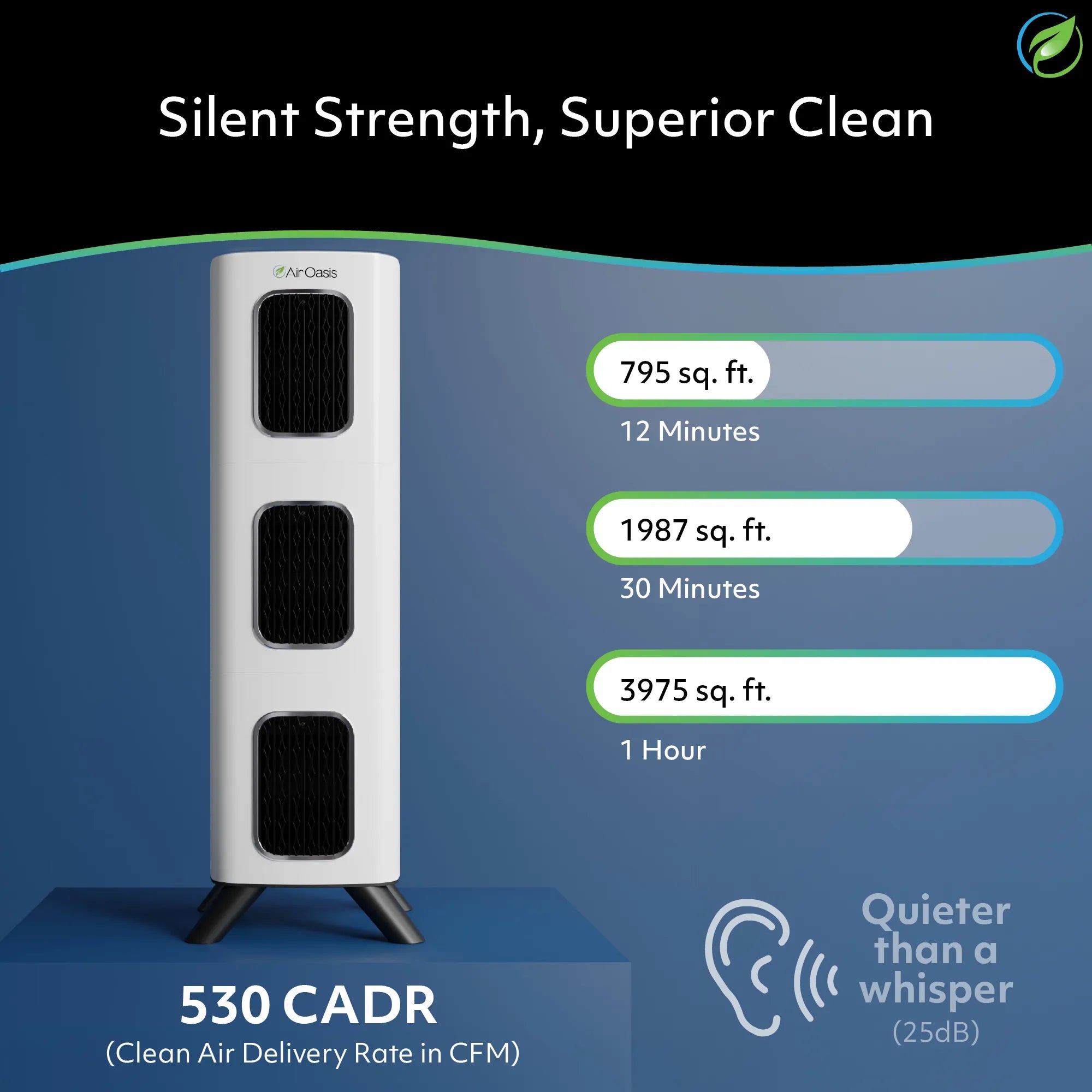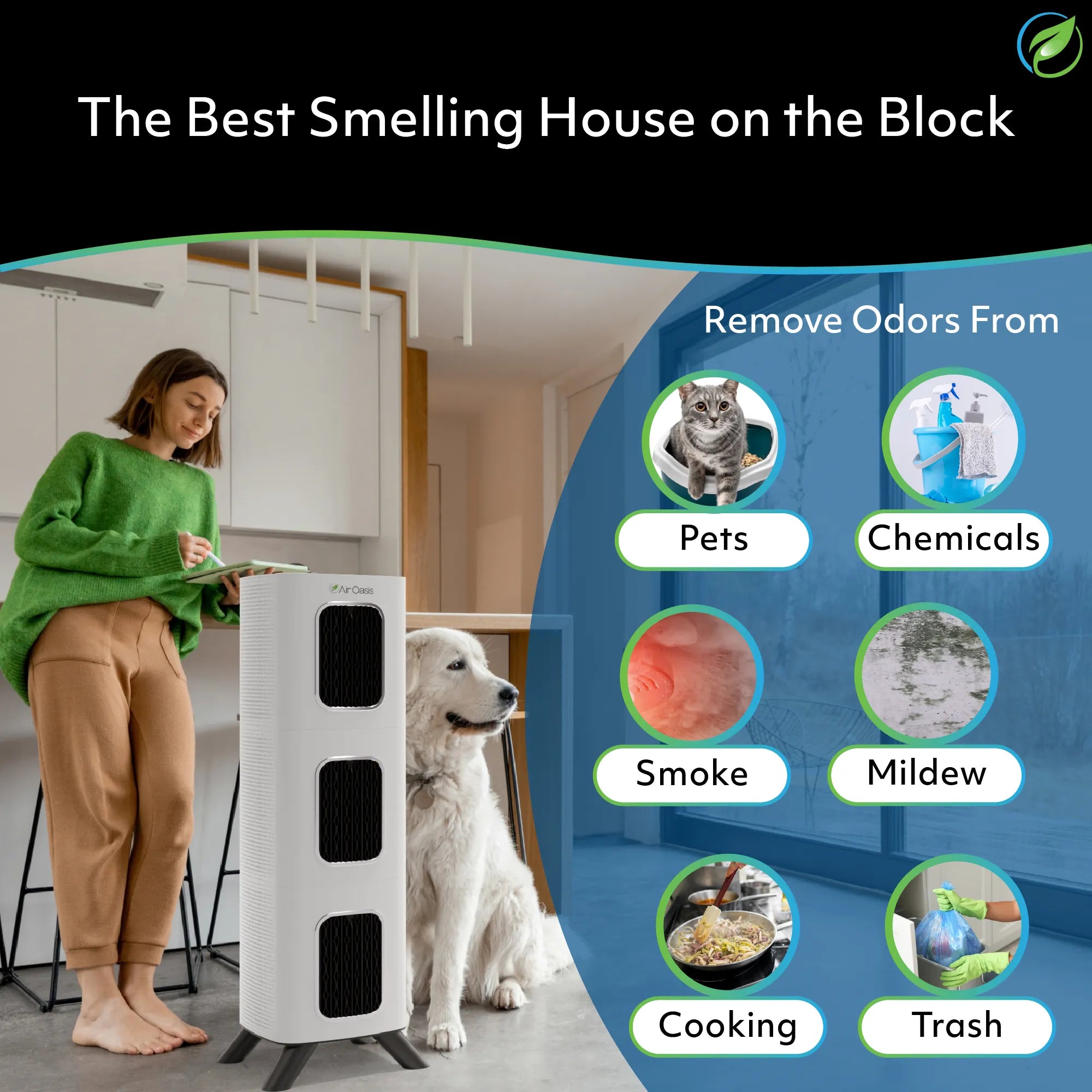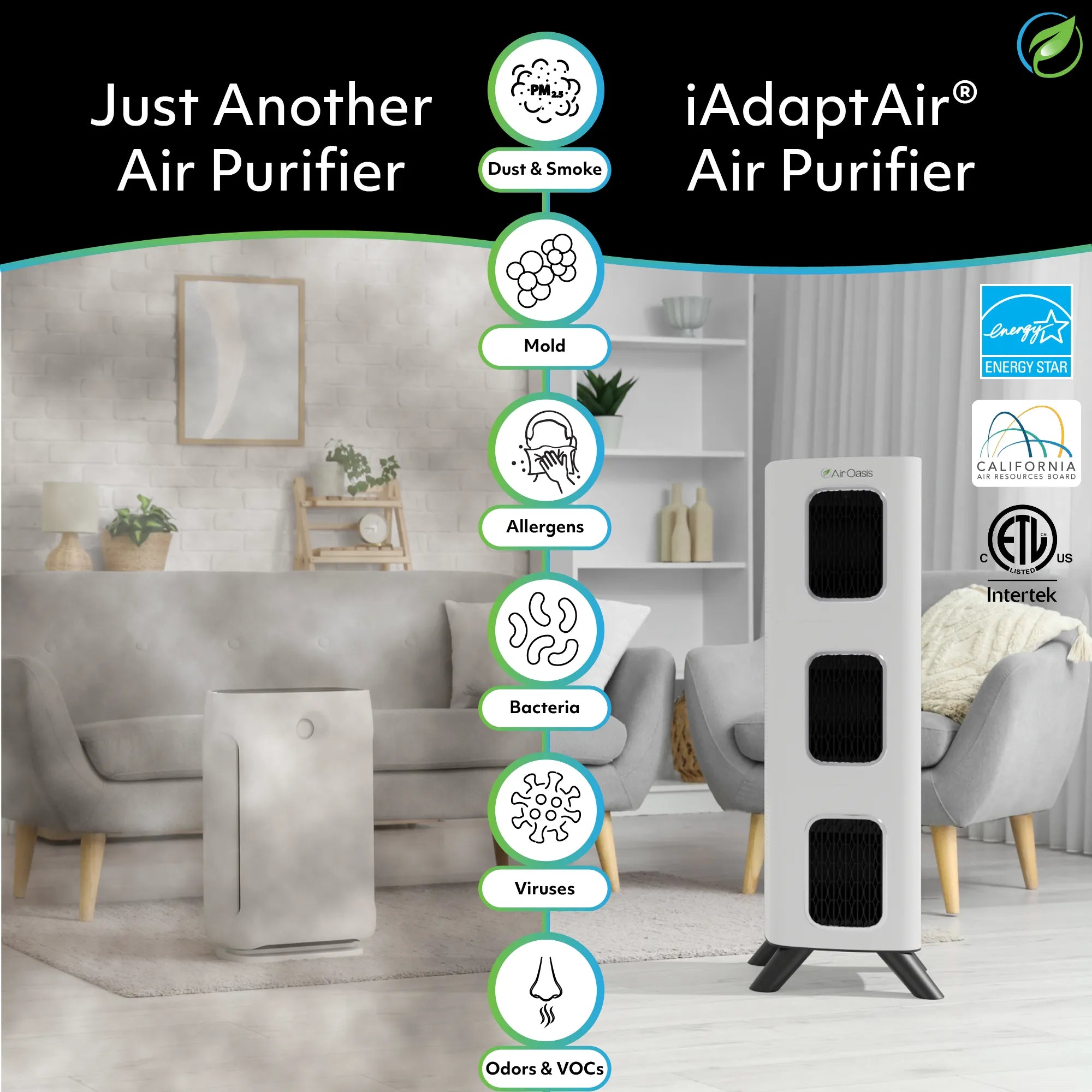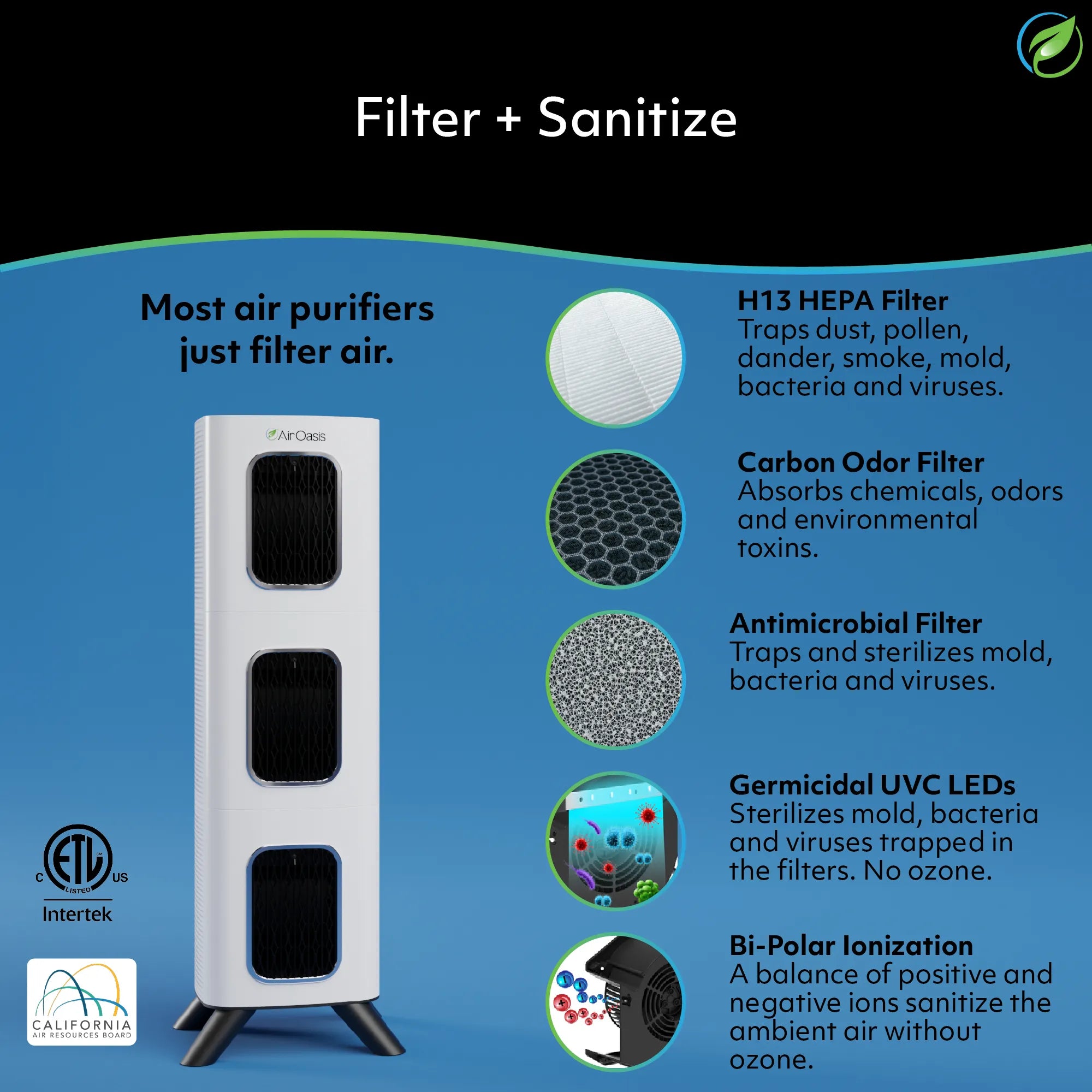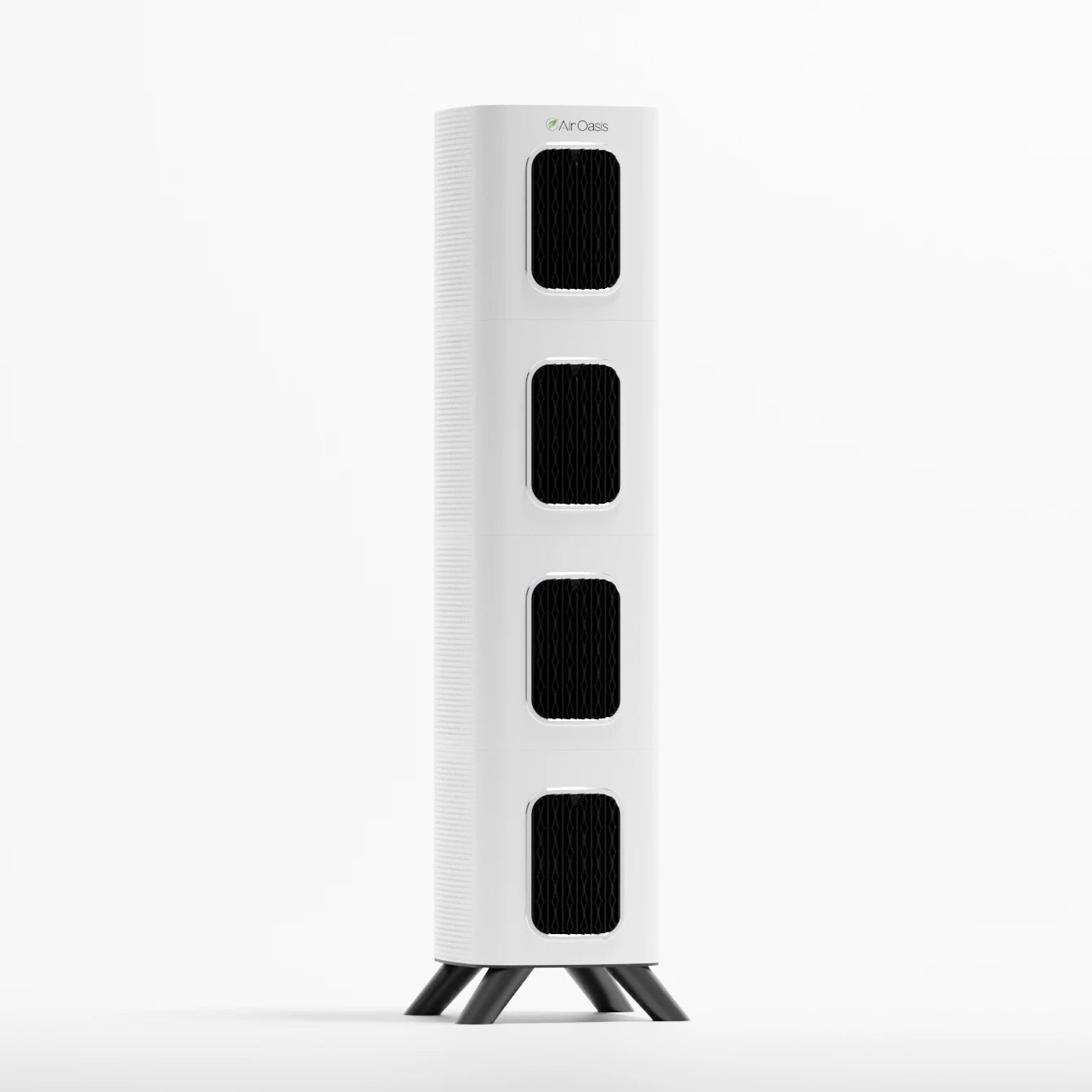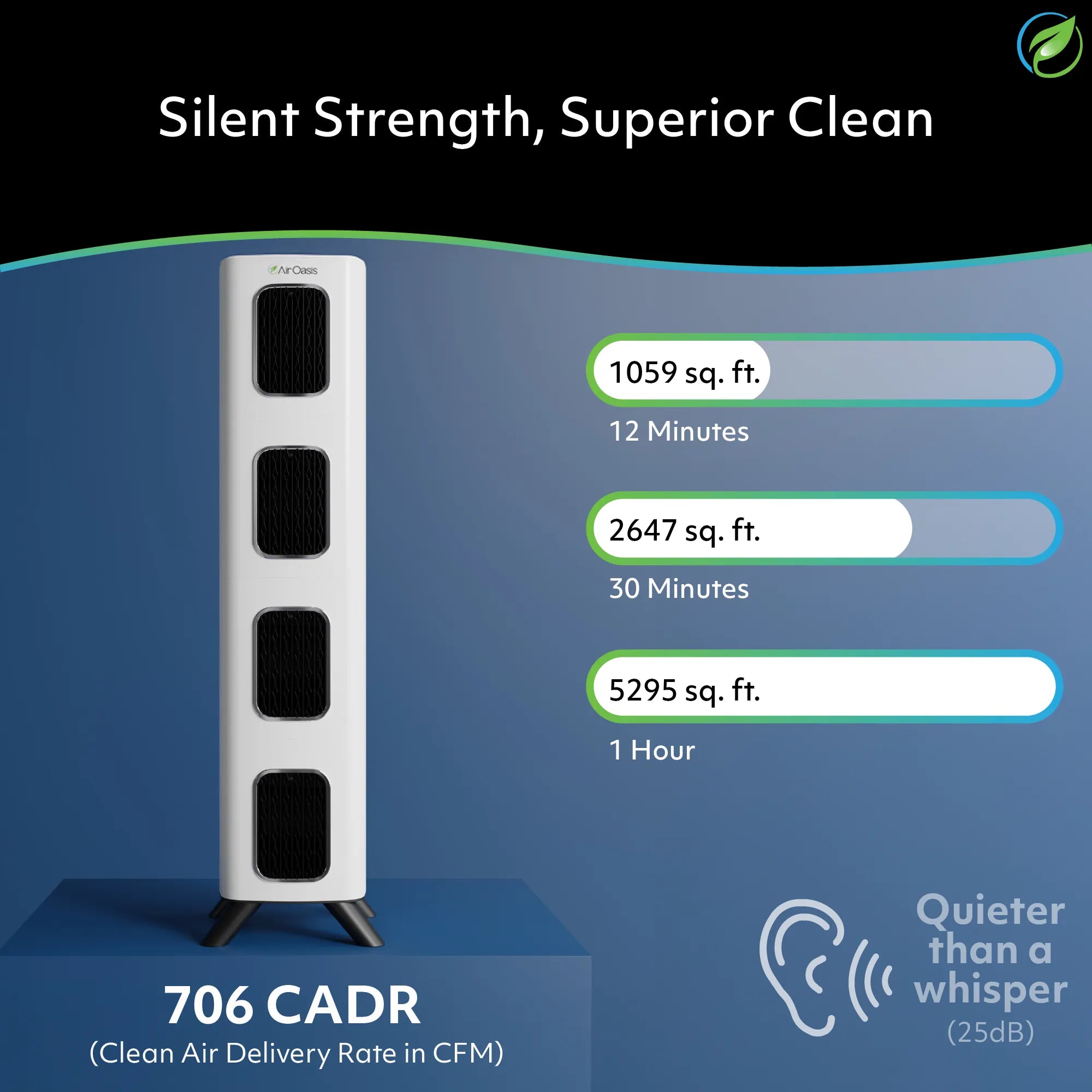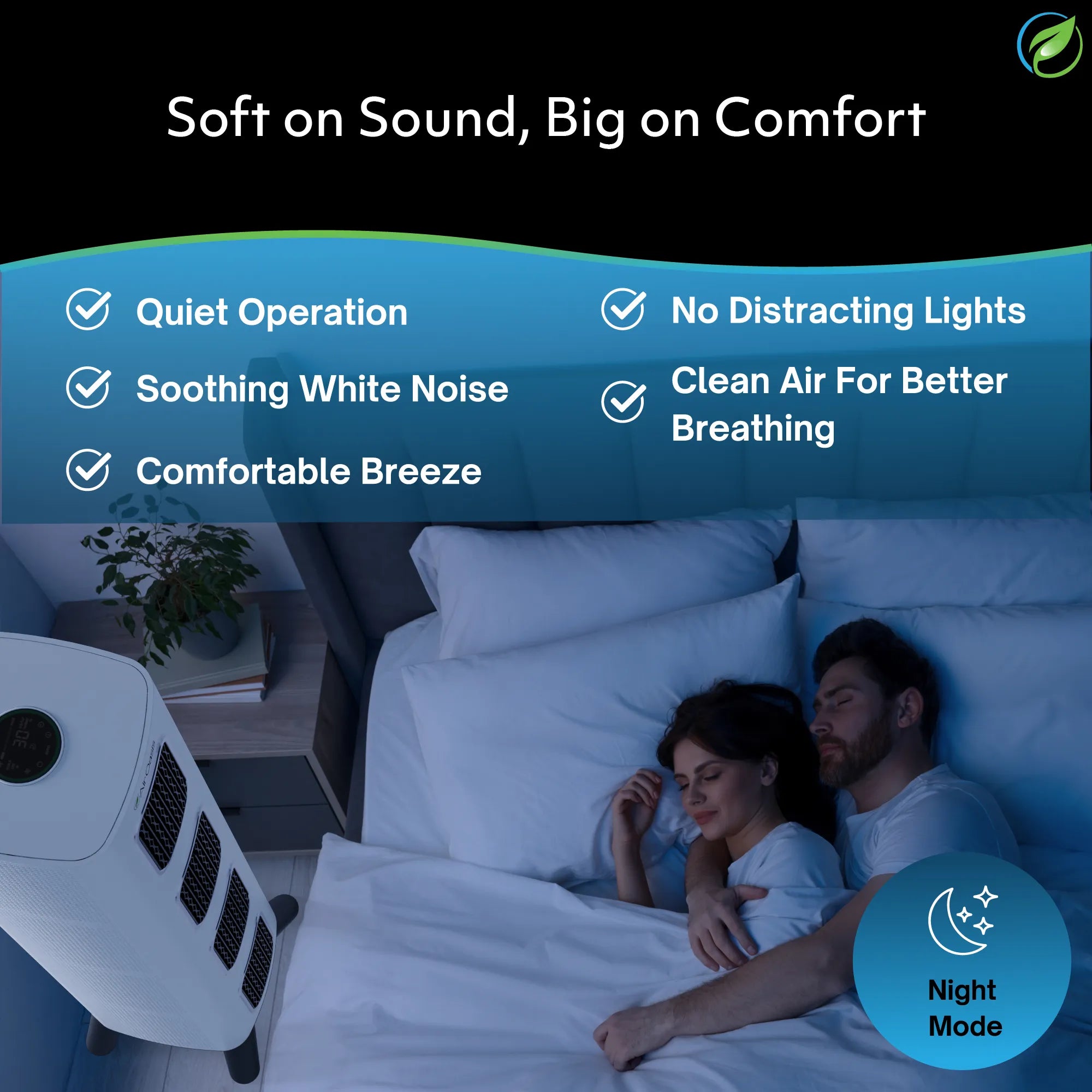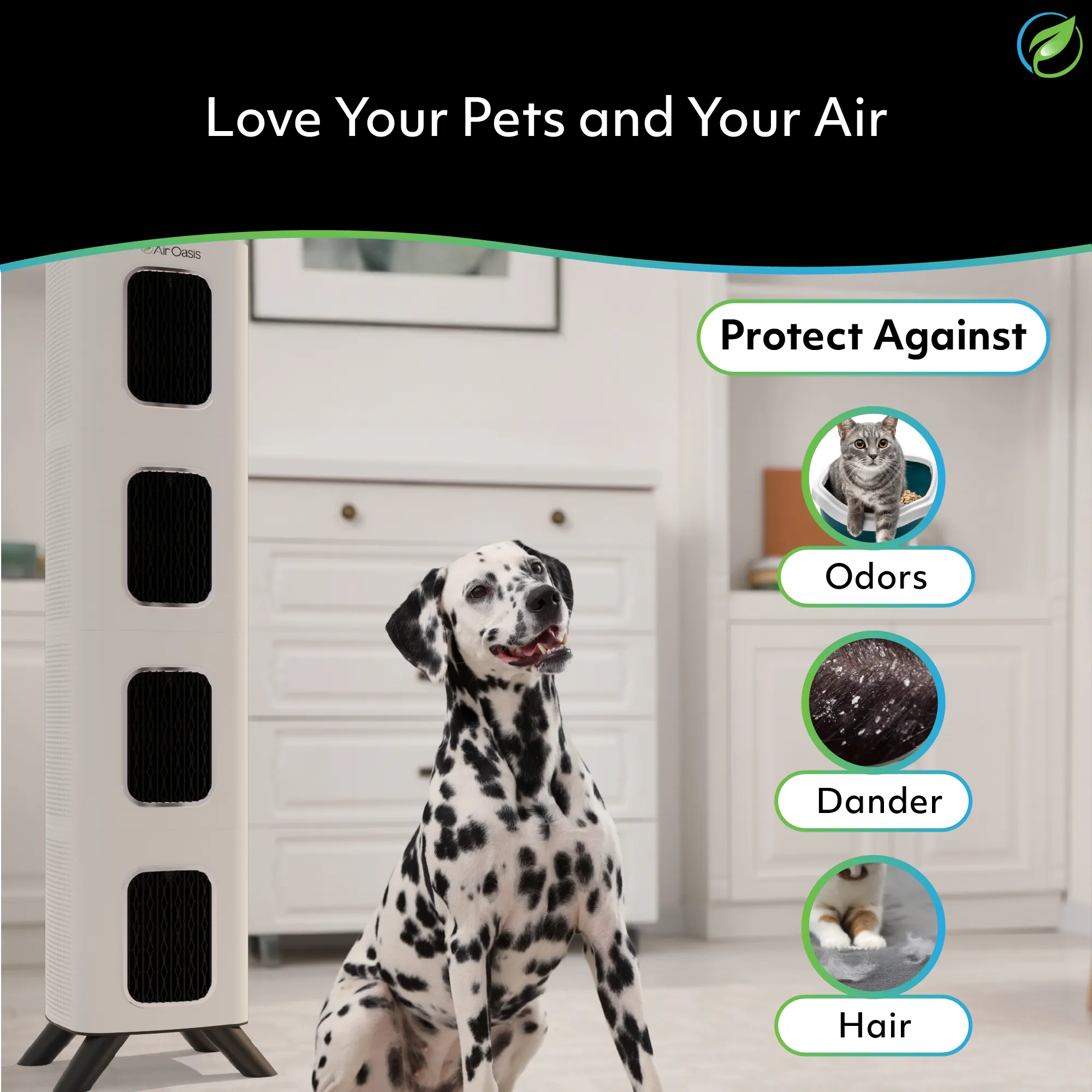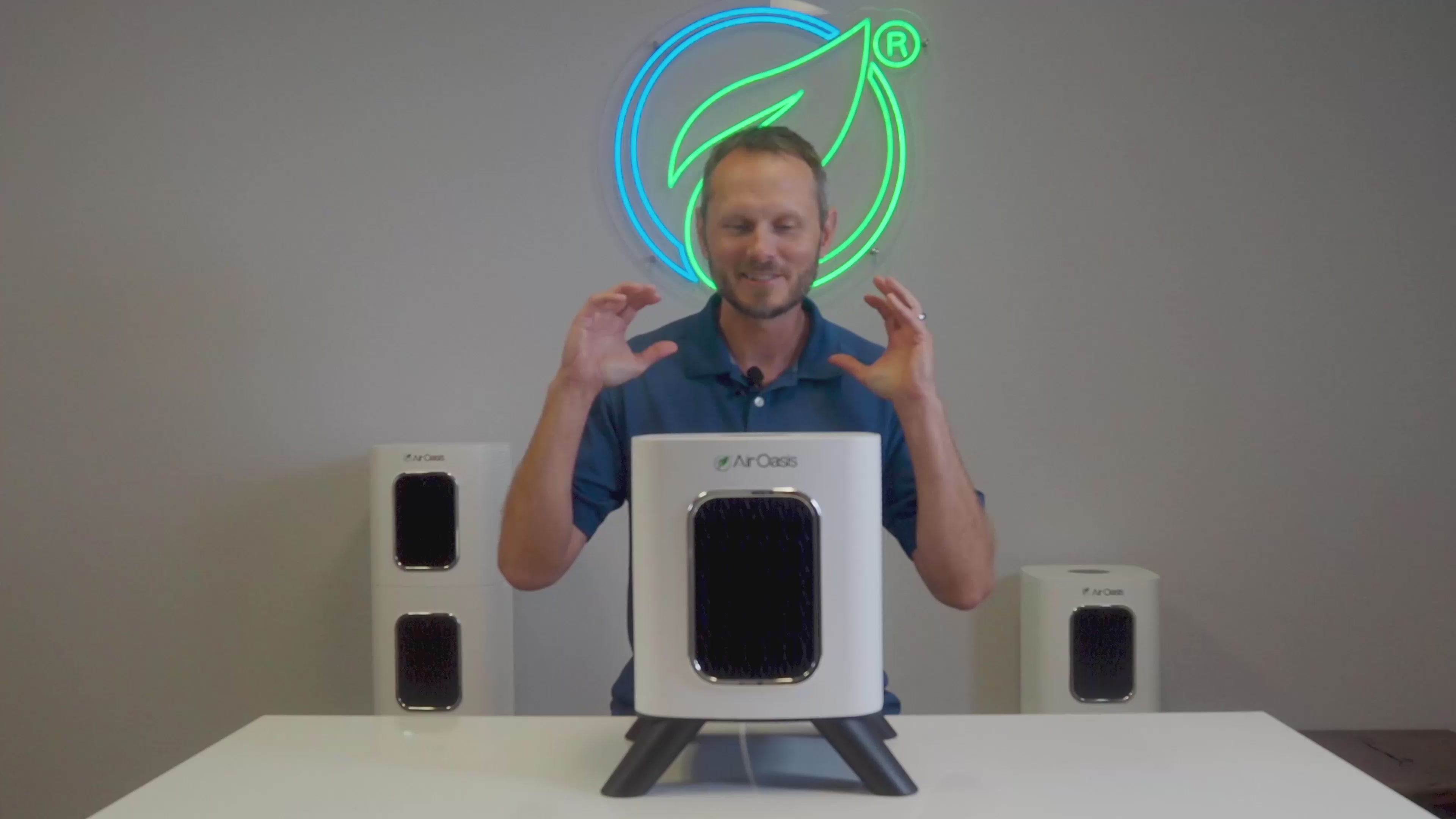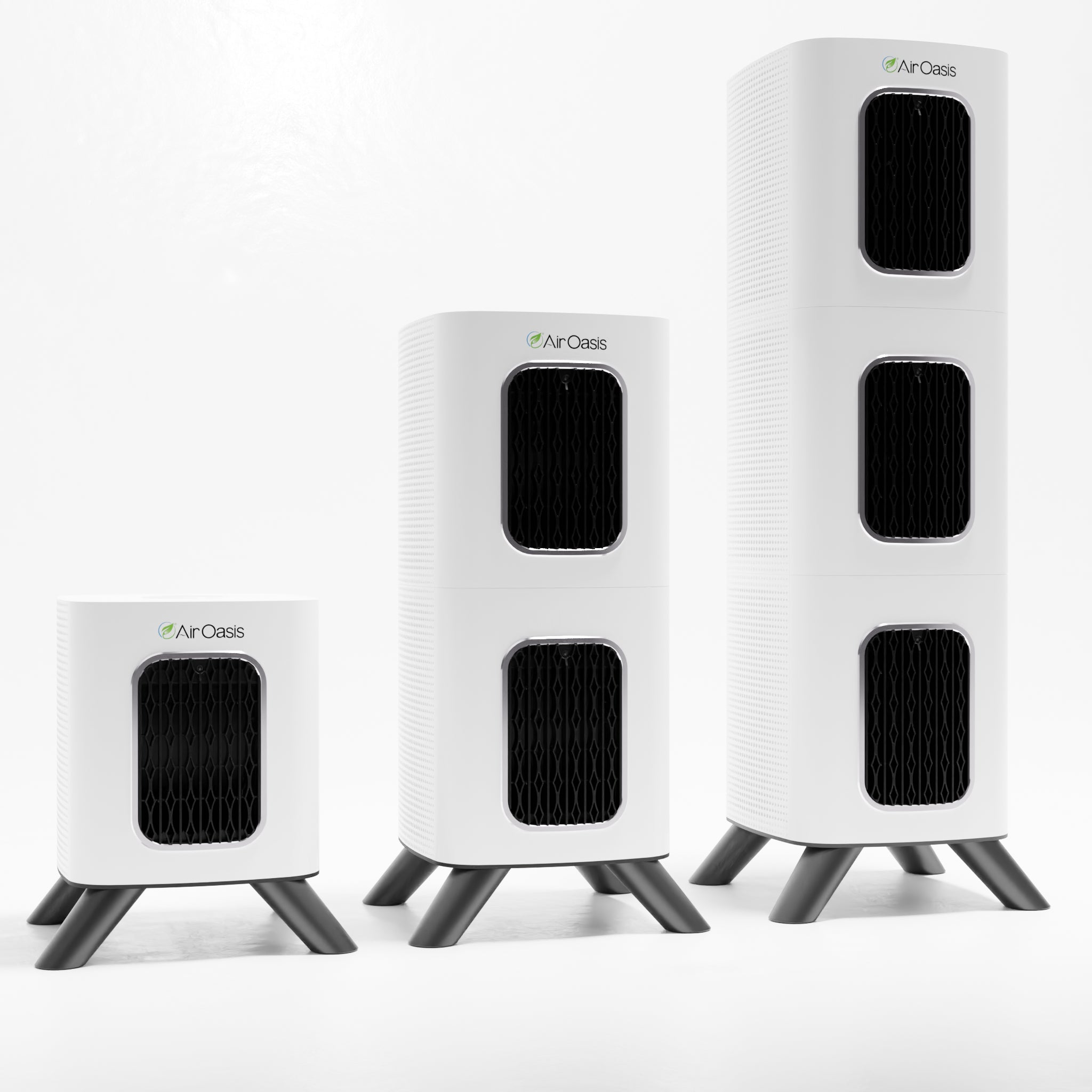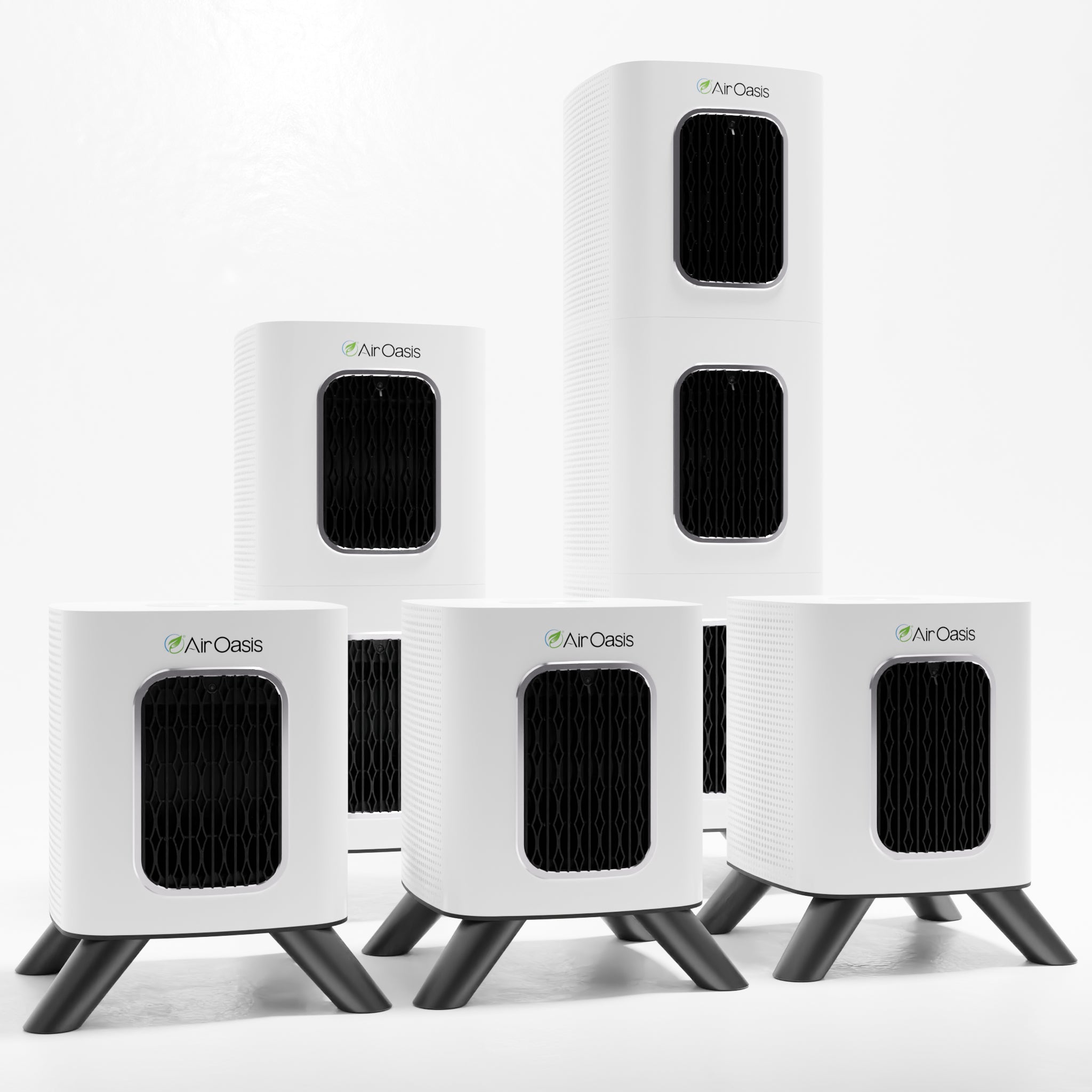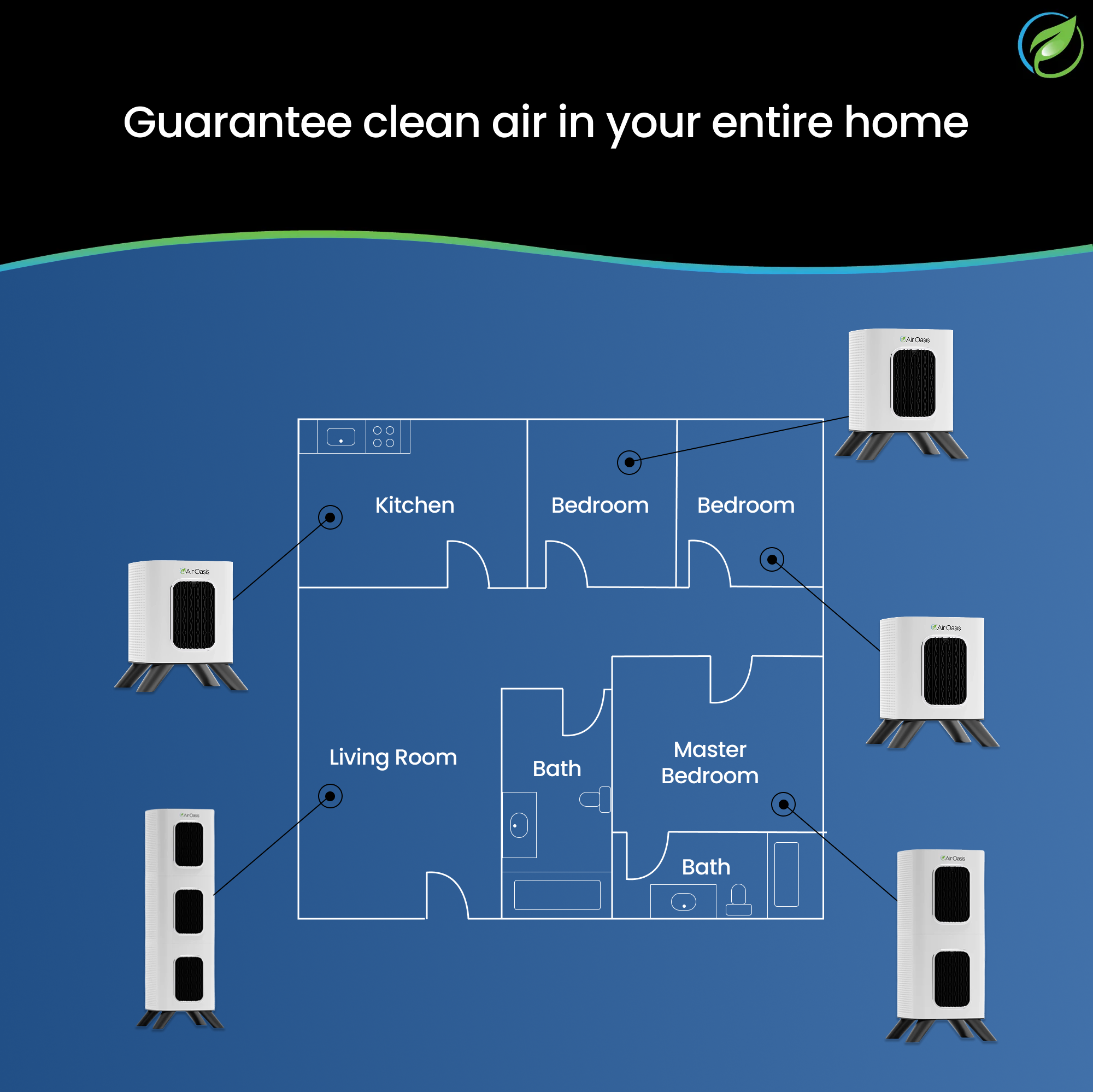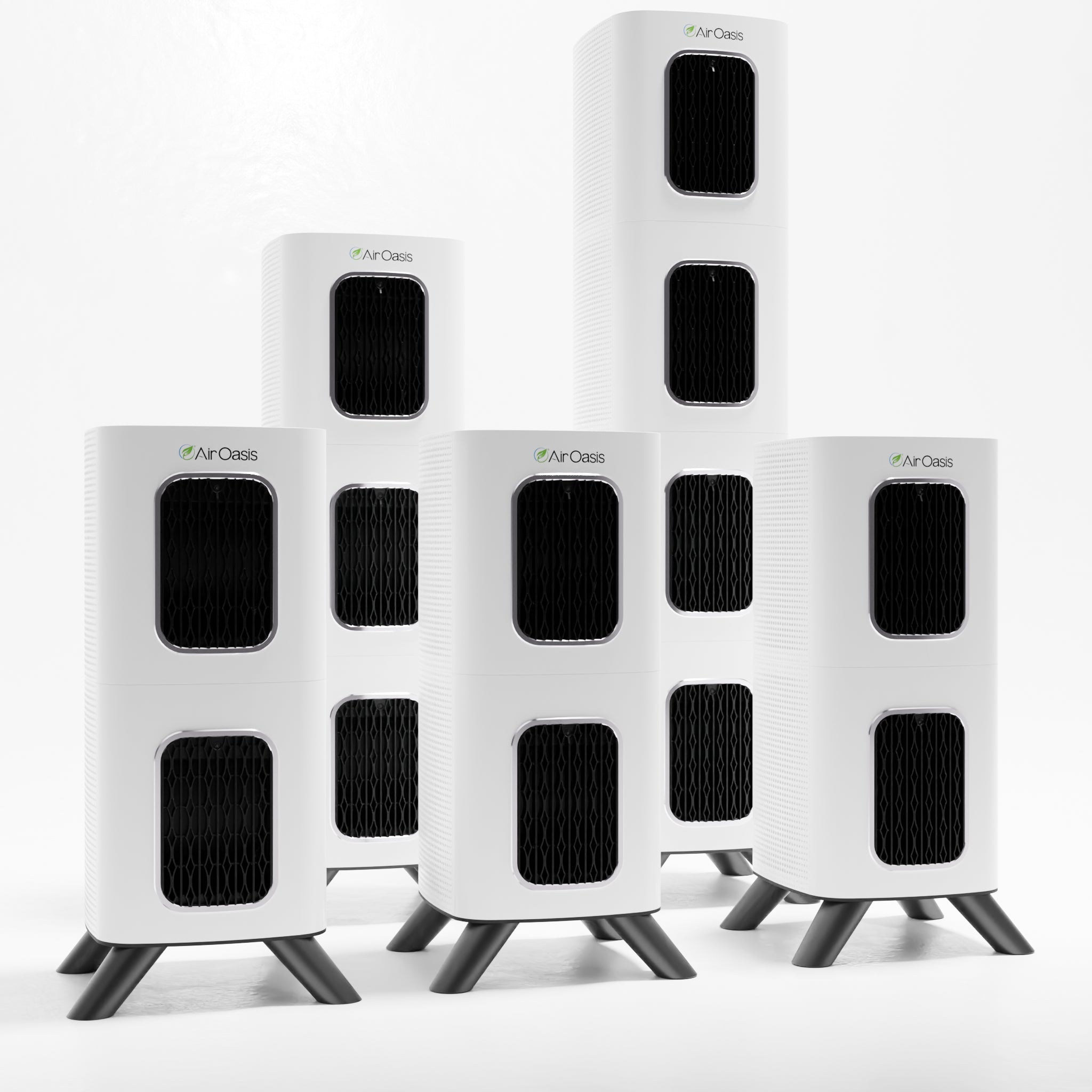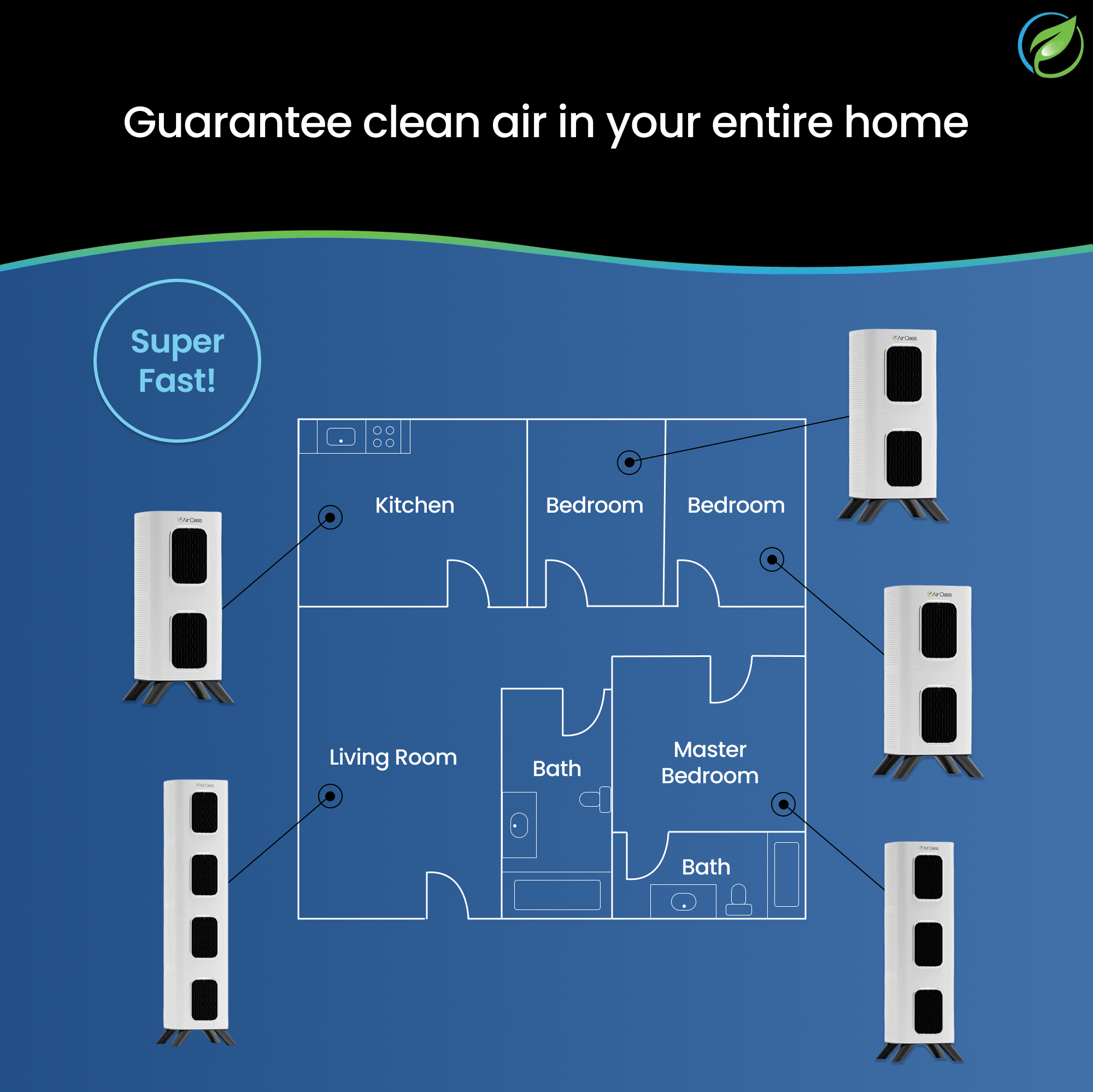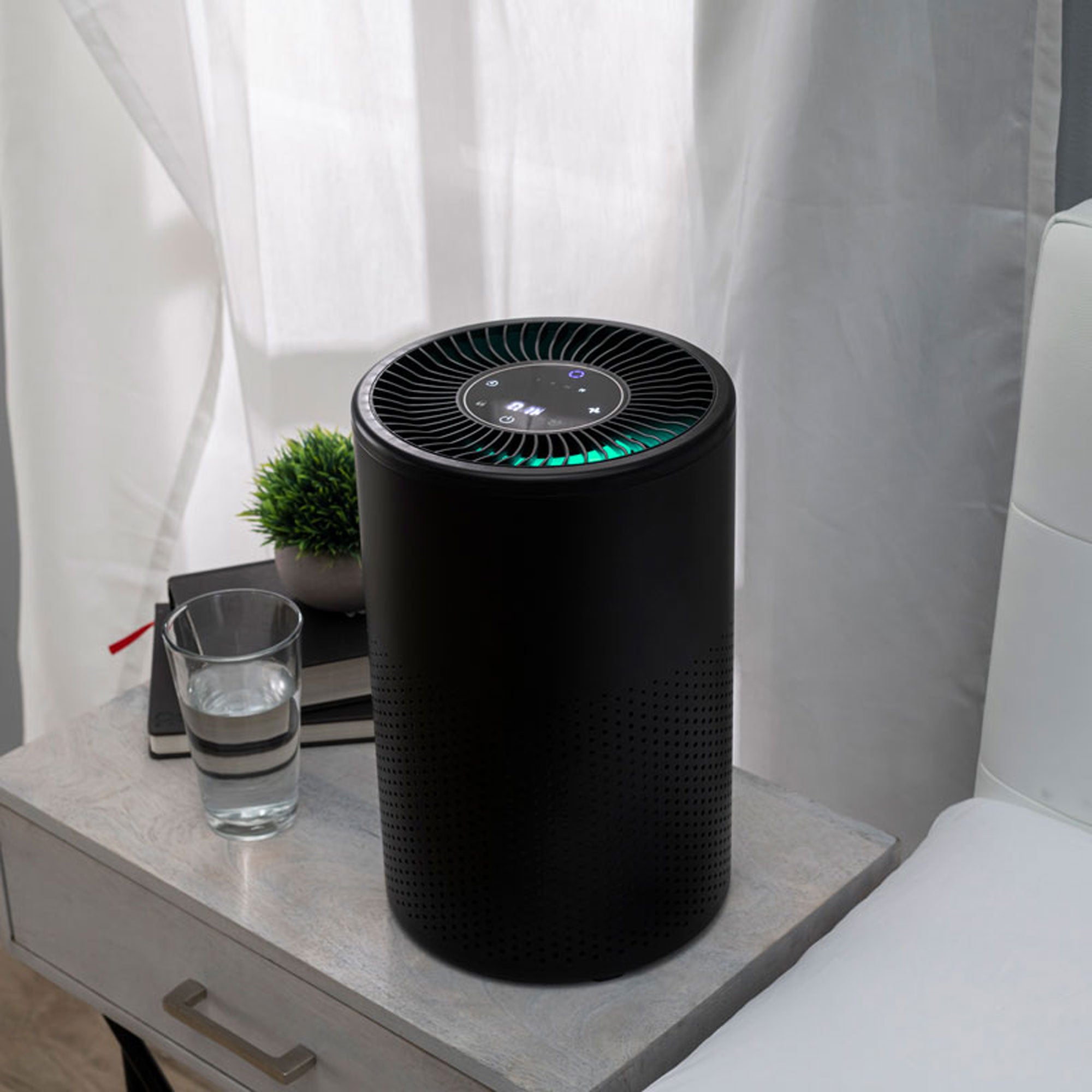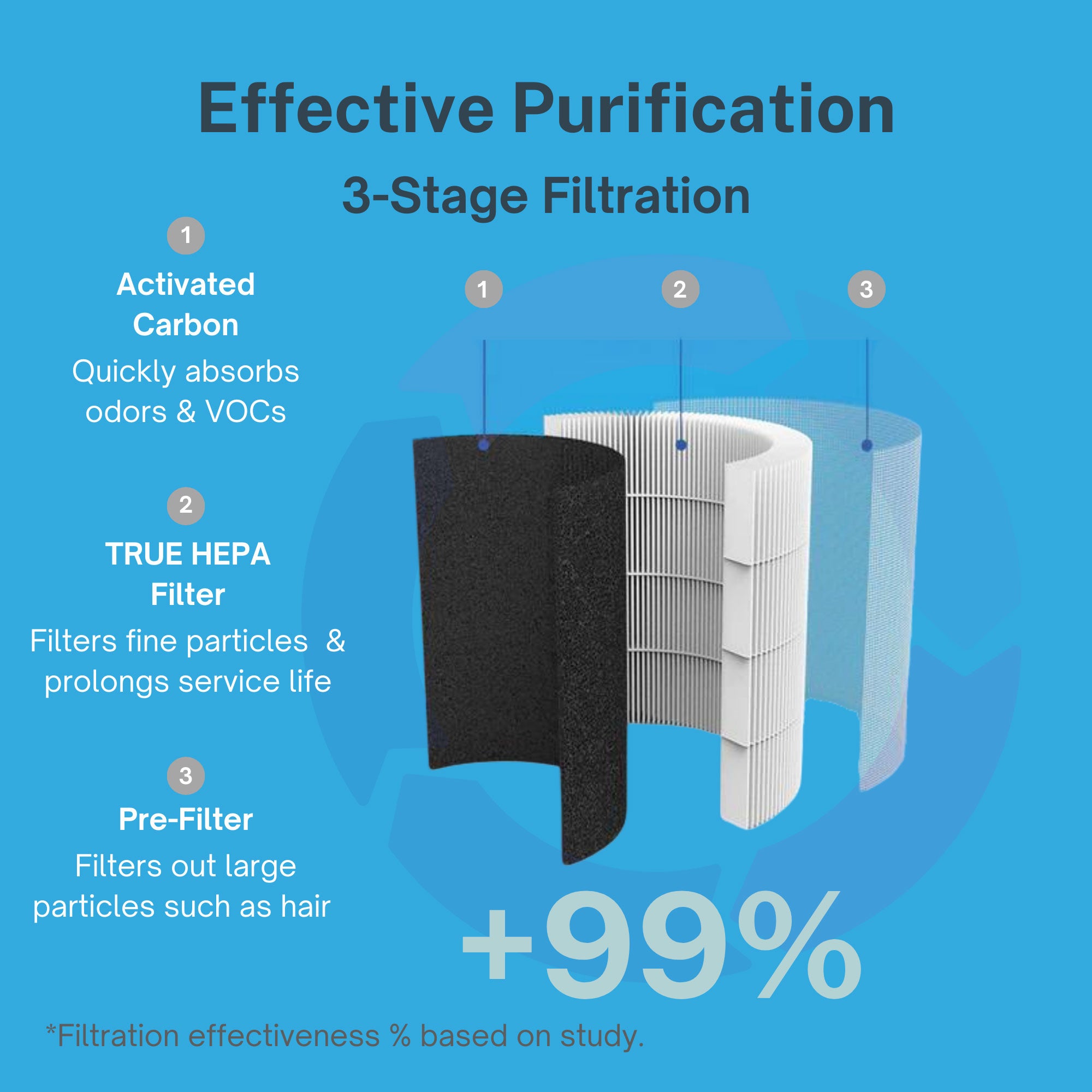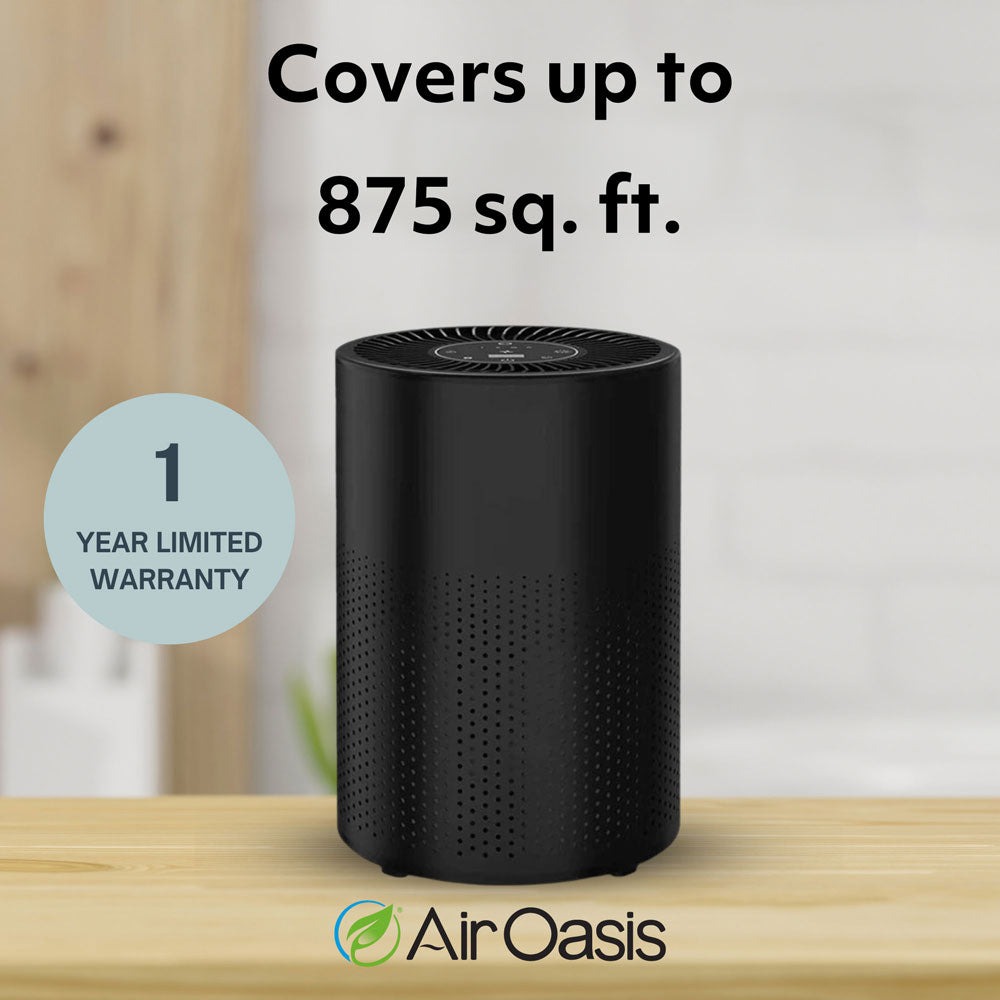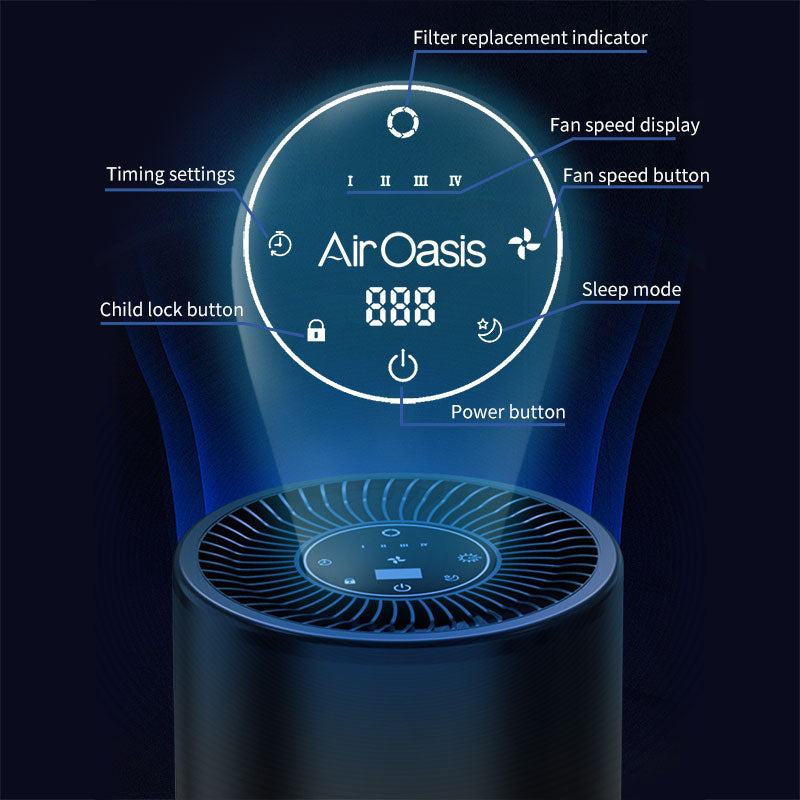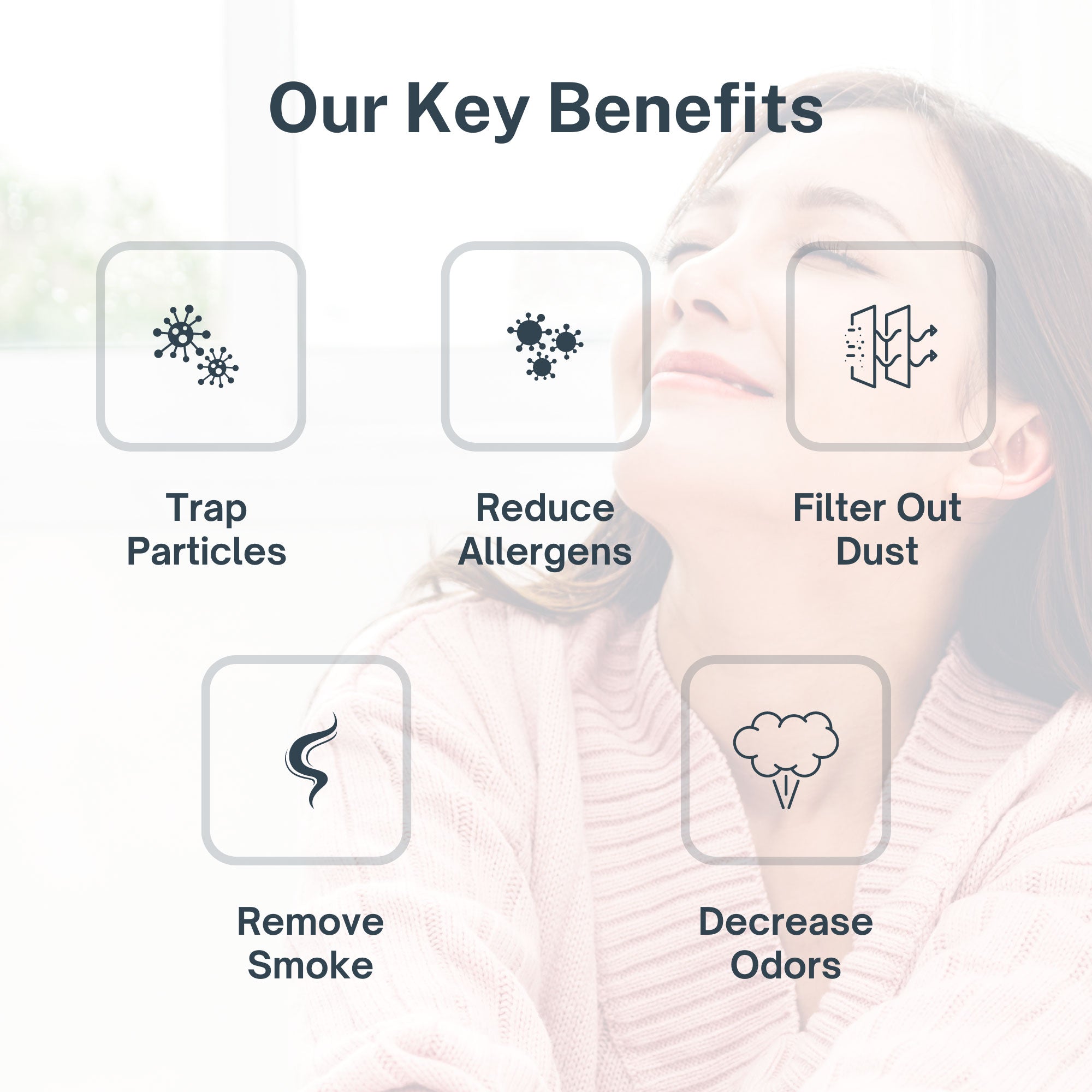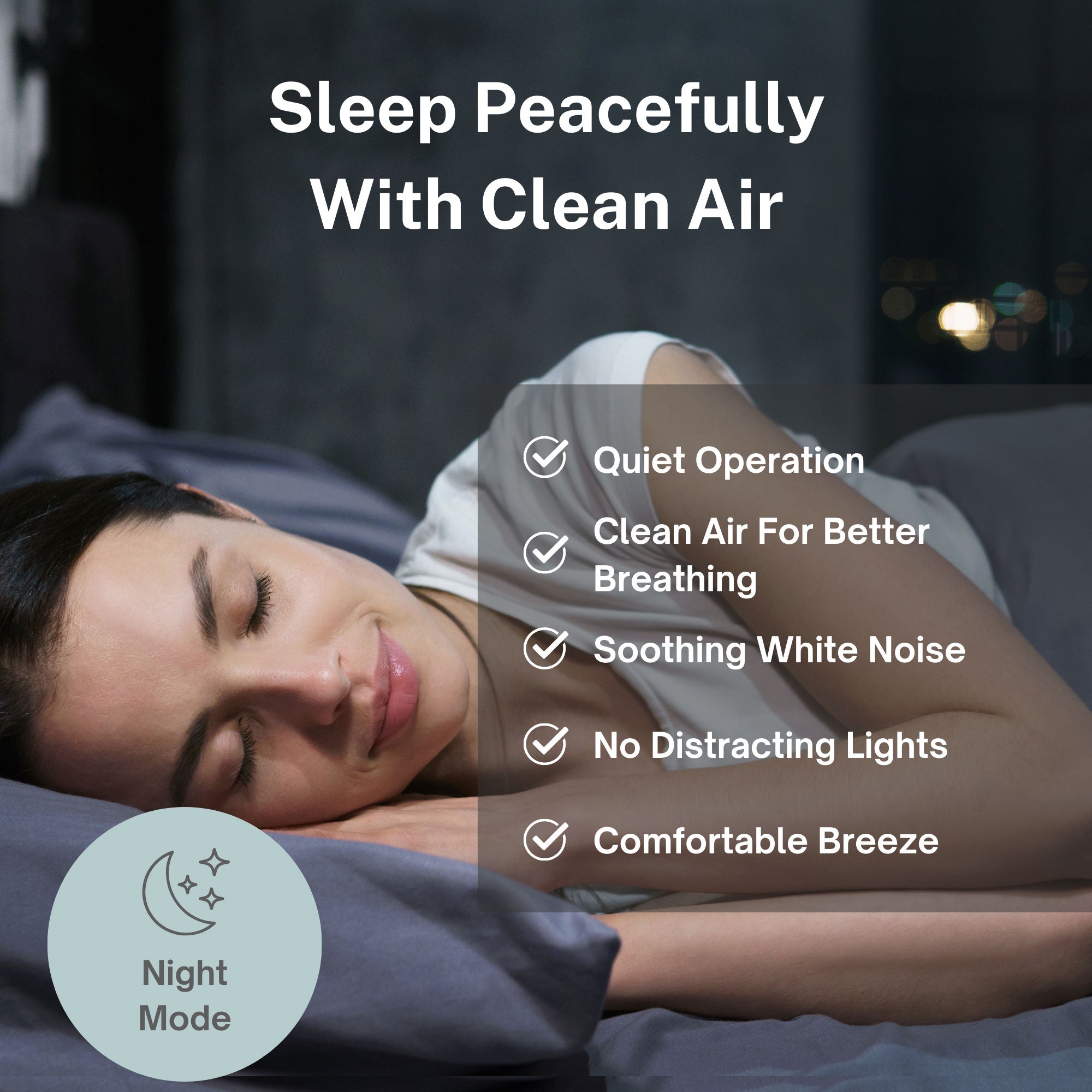Open your front door on a sunny afternoon. That beam of light streaming through reveals thousands of tiny particles floating in the air. Dust motes dancing in the sunbeam. Pollen drifting past. Microscopic fragments you can't identify.
Those are particulates. And the ones you can't see often pose the greatest threat to your health.
Defining Particulate Matter
Particulates, also called particulate matter or PM, are tiny solid or liquid particles suspended in air. They range from visible dust and soot to microscopic fragments measured in micrometers. A micrometer equals one millionth of a meter. For context, a human hair measures about 70 micrometers in diameter.
These particles come from countless sources. Some occur naturally. Pollen from plants. Sea salt spray. Dust blown from deserts. Ash from wildfires. Volcanic emissions. Nature produces particulates constantly.
Human activities generate even more. Vehicle exhaust releases particles from fuel combustion. Industrial processes emit soot and chemical compounds. Construction sites generate dust. Power plants release fly ash. Cooking creates smoke and grease particles. Even burning candles adds particulates to indoor air.
The Two Categories That Matter Most
Scientists classify particulates by size because size determines health impact. Two categories receive the most attention: PM10 and PM2.5.
PM10 refers to particles with diameters of 10 micrometers or smaller. This includes dust from roads, construction sites, and agricultural operations. Pollen falls into this category. So does mold spores. Your nose and throat can filter out some PM10 particles, though many still reach your lungs.
PM2.5 describes particles measuring 2.5 micrometers or smaller. These fine particles come primarily from combustion processes. Vehicle exhaust produces PM2.5. Wildfire smoke contains high concentrations. Power plants generate these tiny particles. So does cooking, especially frying and grilling.
The smaller size of PM2.5 creates greater danger. These particles penetrate deep into lung tissue. They cross into your bloodstream. Once circulating through your body, they trigger inflammation in organs throughout your system. Your heart, brain, liver, and kidneys all respond to PM2.5 exposure.
Real-World Examples of Particulate Sources
Walk through a typical day and you encounter particulates everywhere. Your morning commute exposes you to traffic exhaust. The PM2.5 from cars and trucks penetrates your vehicle's ventilation system. Urban areas show particularly high concentrations during rush hours.
Cooking breakfast generates particles. Frying bacon releases grease droplets and combustion byproducts. Toasting bread creates fine particles. Gas stoves emit nitrogen dioxide along with particulates from incomplete combustion. Your kitchen air contains significantly higher particle counts than other rooms during meal preparation.
Construction sites near your home or workplace generate clouds of PM10. Sawing, sanding, and demolition activities release wood dust, concrete particles, and silica. These larger particles settle relatively quickly but remain respirable while airborne.
Seasonal factors dramatically affect particulate levels. Spring brings pollen from trees, grasses, and weeds. Summer wildfires release massive amounts of PM2.5 that can travel thousands of miles. Fall leaf burning adds smoke particles. Winter wood stoves and fireplaces contribute to neighborhood particulate loads.
How Particulates Harm Your Health
Size determines where particles end up in your respiratory system. Larger PM10 particles typically lodge in your nose, throat, and upper airways. They cause irritation, coughing, and aggravate allergies and asthma.
PM2.5 particles reach deep into lung tissue. The smallest ones, sometimes called ultrafine particles, can cross directly into your bloodstream through lung membranes. Once in circulation, they travel throughout your body.
The health effects extend far beyond respiratory symptoms. Cardiovascular disease risk increases with PM2.5 exposure. Heart attacks and strokes become more likely. Respiratory conditions including asthma and chronic obstructive pulmonary disease worsen. Lung cancer risk rises. Recent research links particulate exposure to Alzheimer's disease, diabetes, and even vision problems in children.
Children face particular vulnerability. Their developing lungs and immune systems respond more severely to particle exposure. Elderly individuals and people with existing heart or lung conditions also show heightened sensitivity.
Measuring Particulate Concentrations
Air quality monitoring stations measure particulate concentrations in micrograms per cubic meter of air. The Environmental Protection Agency sets standards for acceptable exposure levels. The World Health Organization provides even stricter guidelines based on health research.
A PM2.5 reading of 12 micrograms per cubic meter or lower represents good air quality under EPA standards. Readings between 12 and 35 indicate moderate air quality. Above 35 becomes unhealthy for sensitive groups. Above 55 is unhealthy for everyone. Levels exceeding 150 are considered hazardous.
Indoor particulate levels often exceed outdoor concentrations. Without filtration, cooking, cleaning, and outdoor infiltration create particle buildups. Homes near busy roads or industrial areas face constant infiltration from external sources.
Protecting Yourself from Particulates
You can't eliminate particulate exposure entirely. But you can dramatically reduce it, especially indoors where you spend most of your time.
HEPA filtration captures 99.97 percent of particles as small as 0.3 micrometers. That includes both PM10 and PM2.5 categories. The iAdaptAir system uses medical-grade HEPA filters to continuously remove particulates from indoor air before they reach your lungs.
Smart sensors monitor particle concentrations in real time. When levels rise from cooking, outdoor infiltration, or other sources, fan speeds adjust automatically. You get protection matched to actual air quality conditions rather than fixed filtration rates.
Combined with activated carbon for gaseous pollutants and UV-C for pathogens, comprehensive air purification addresses the full spectrum of indoor air quality threats. Clean air becomes continuous rather than occasional.
Breathe Air Free of Harmful Particulates
Particulates surround you constantly. But that doesn't mean you have to breathe them. Medical-grade air purification removes these health-threatening particles before they enter your respiratory system.
The iAdaptAir system captures both PM10 and PM2.5 through HEPA filtration proven to remove microscopic particles. Smart technology ensures continuous protection adapted to your home's air quality conditions. Your lungs deserve air free from the particulates linked to cardiovascular disease, respiratory illness, and systemic health effects.
Stop breathing polluted air in your own home. Shop Air Oasis today and discover what truly clean air feels like.






